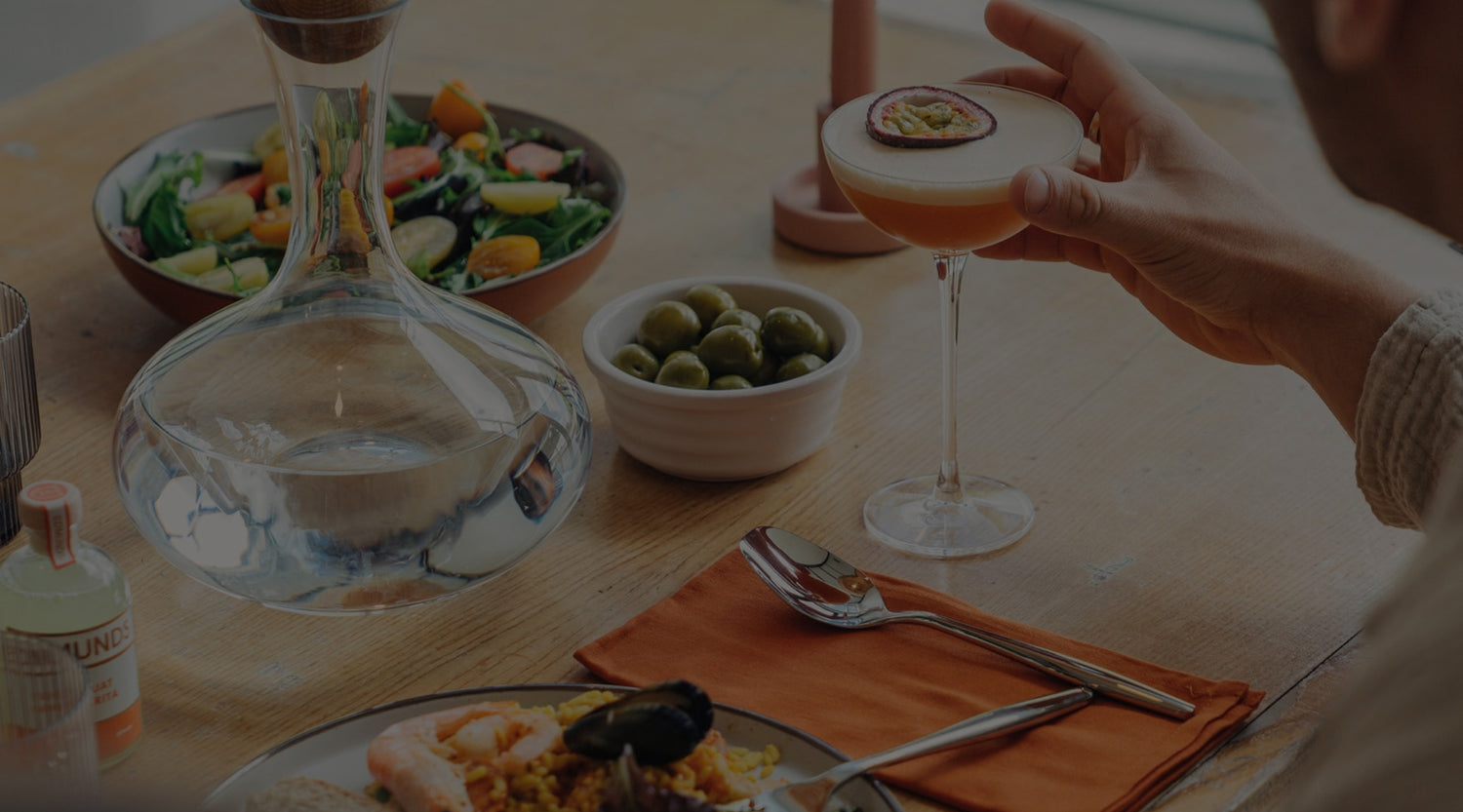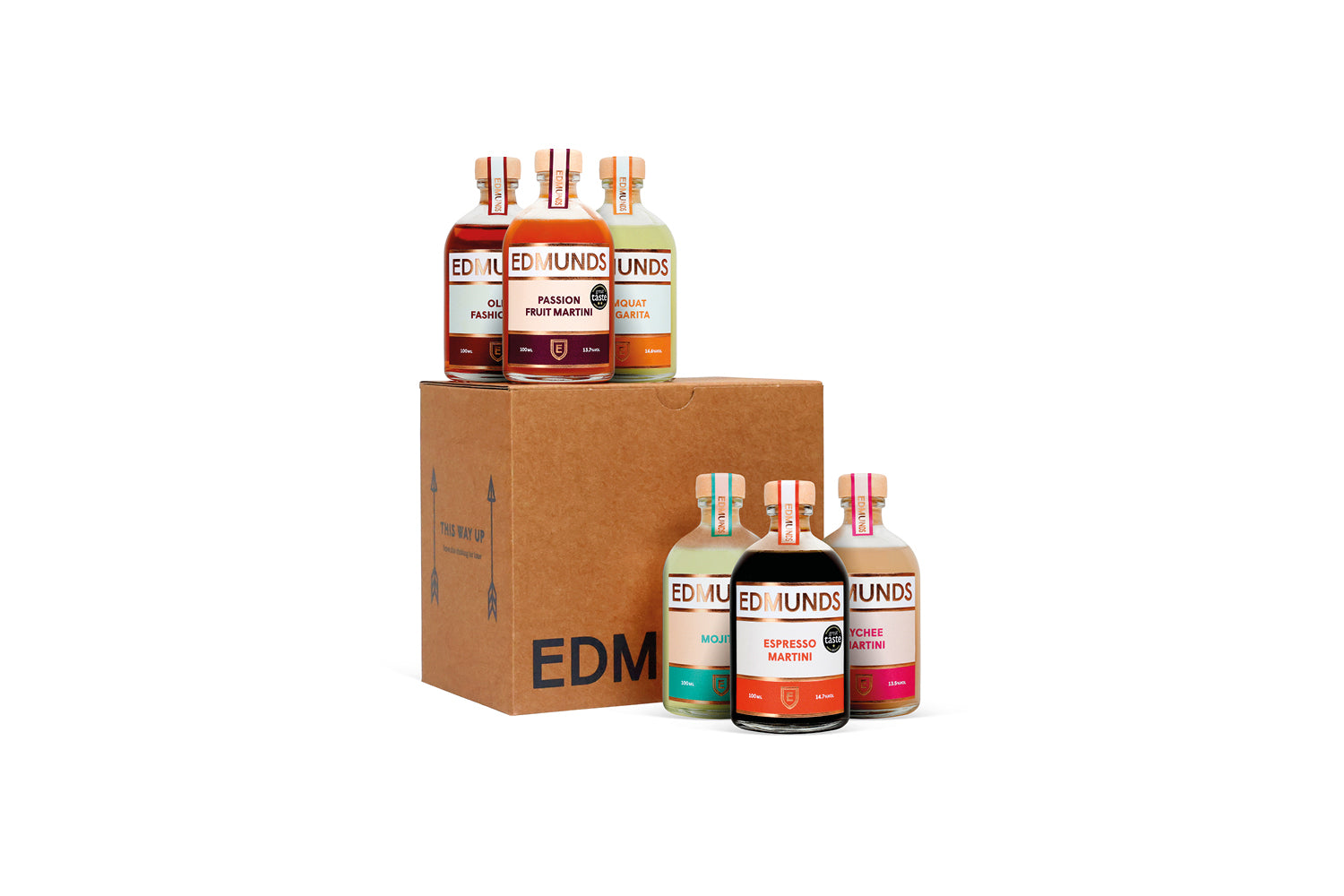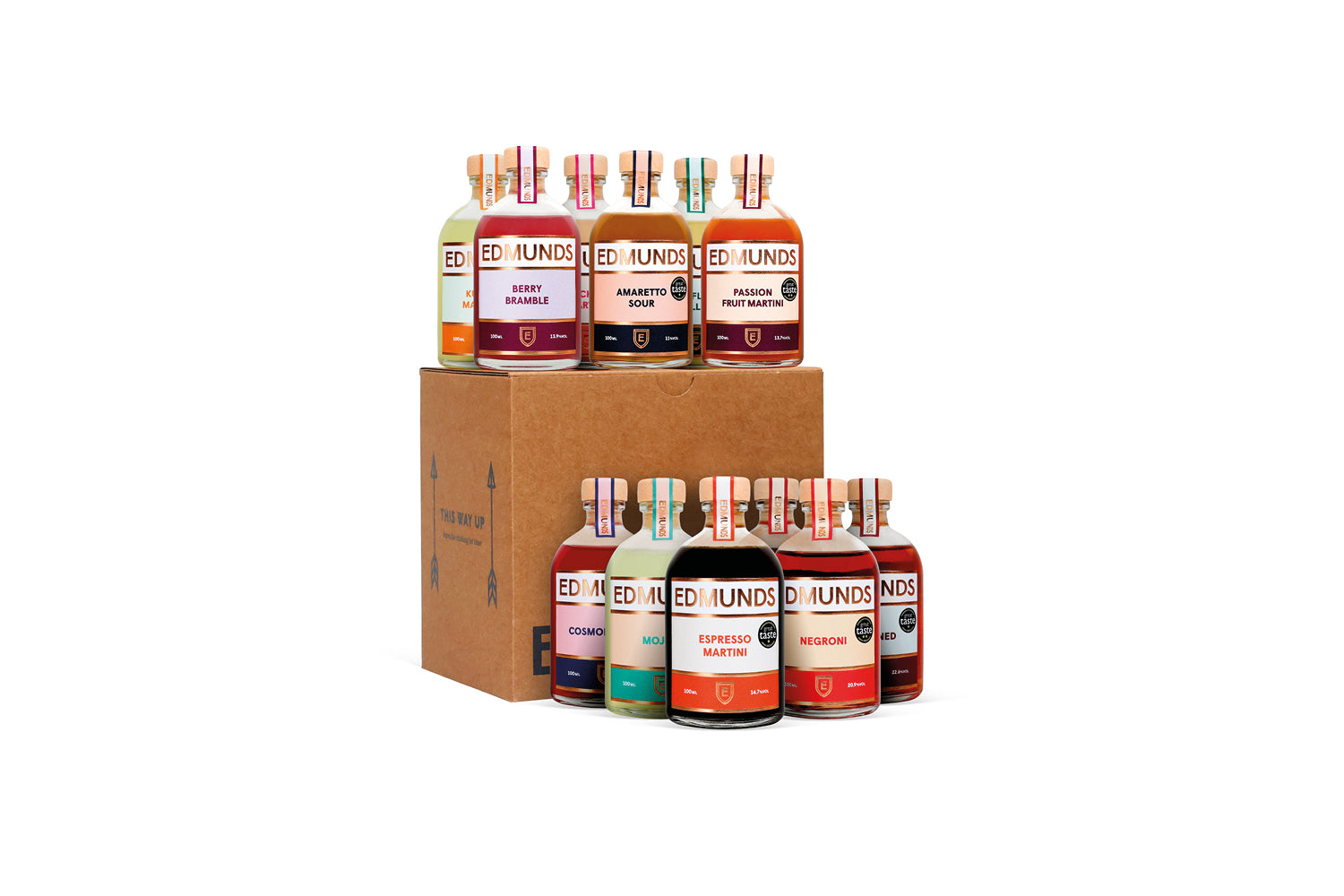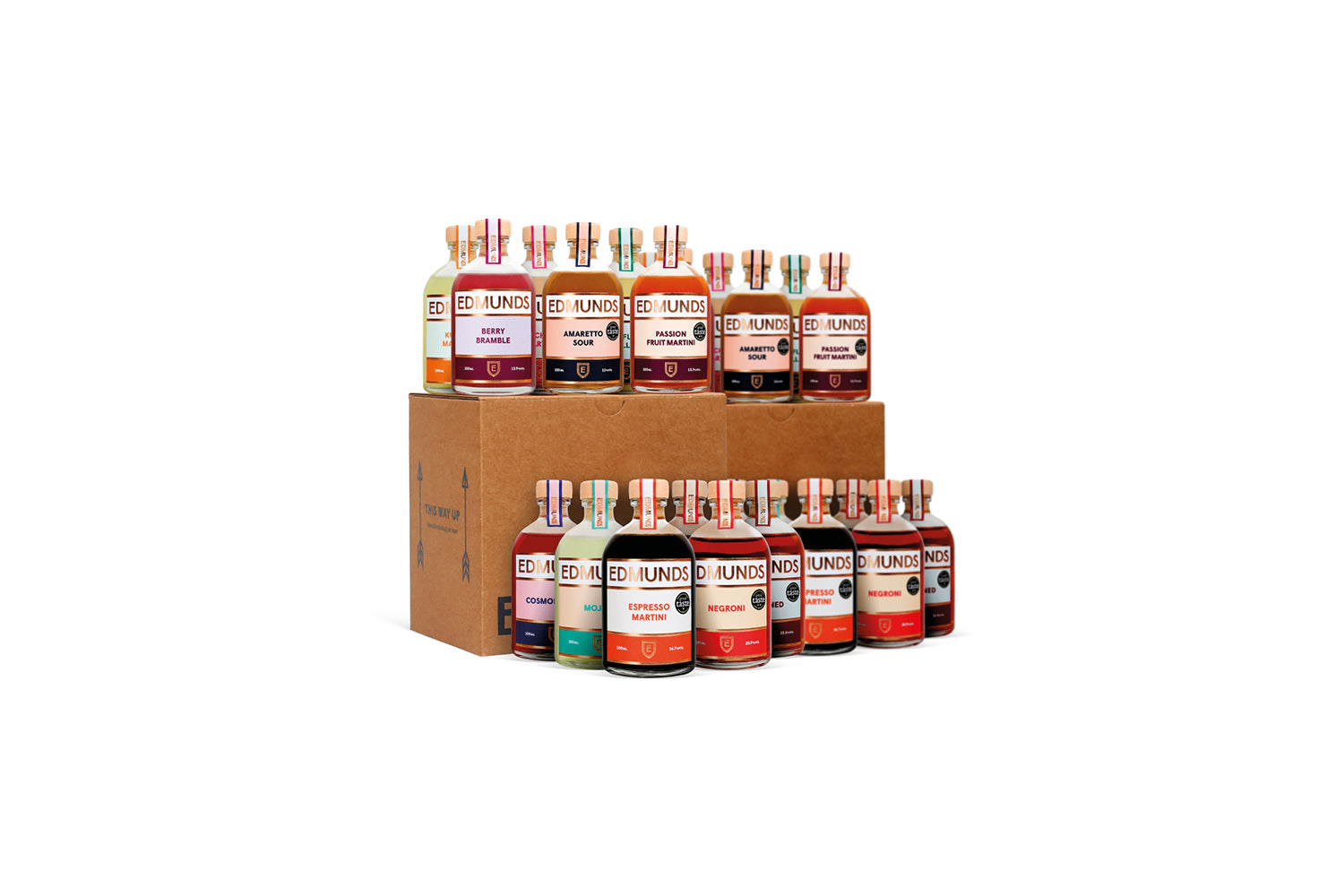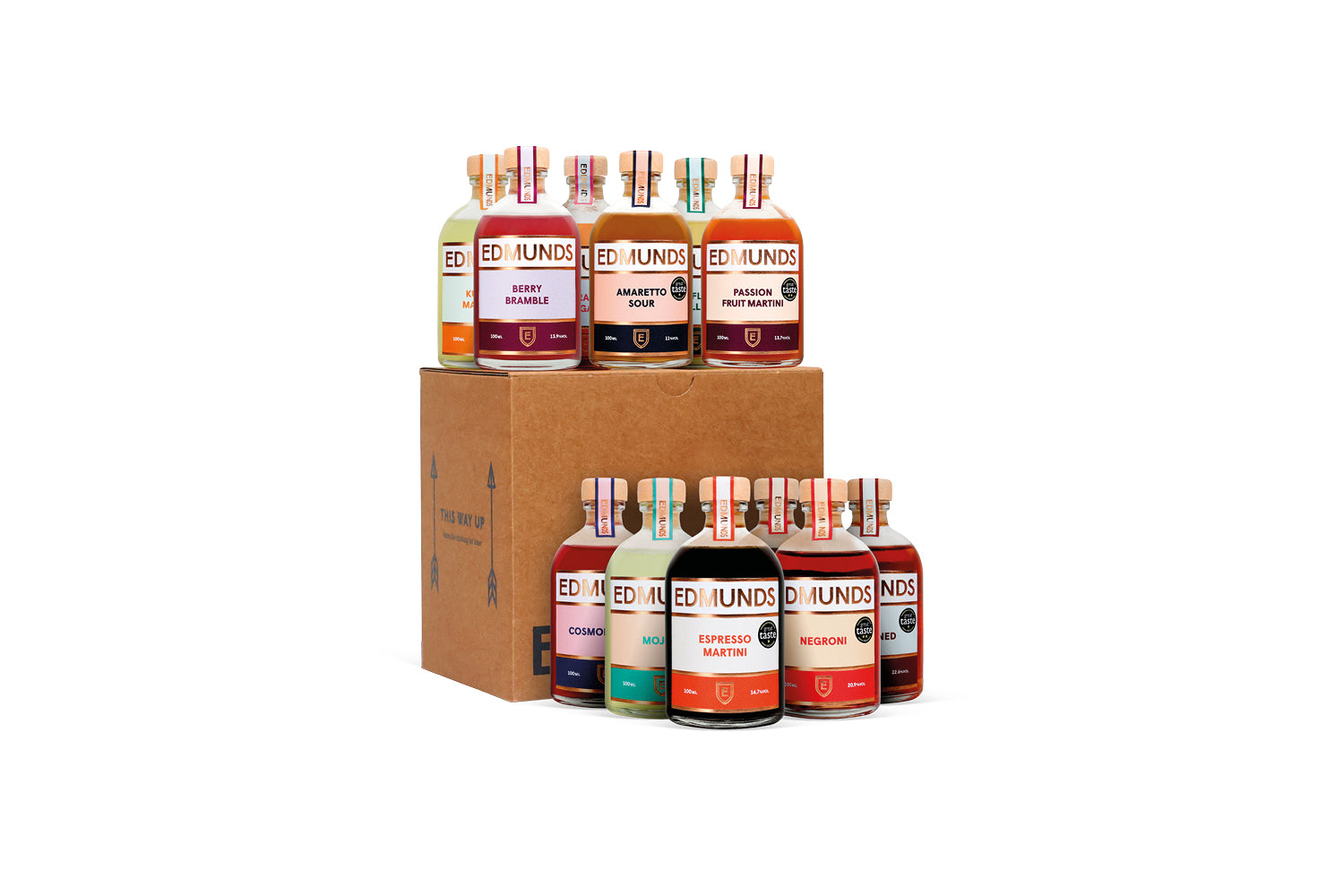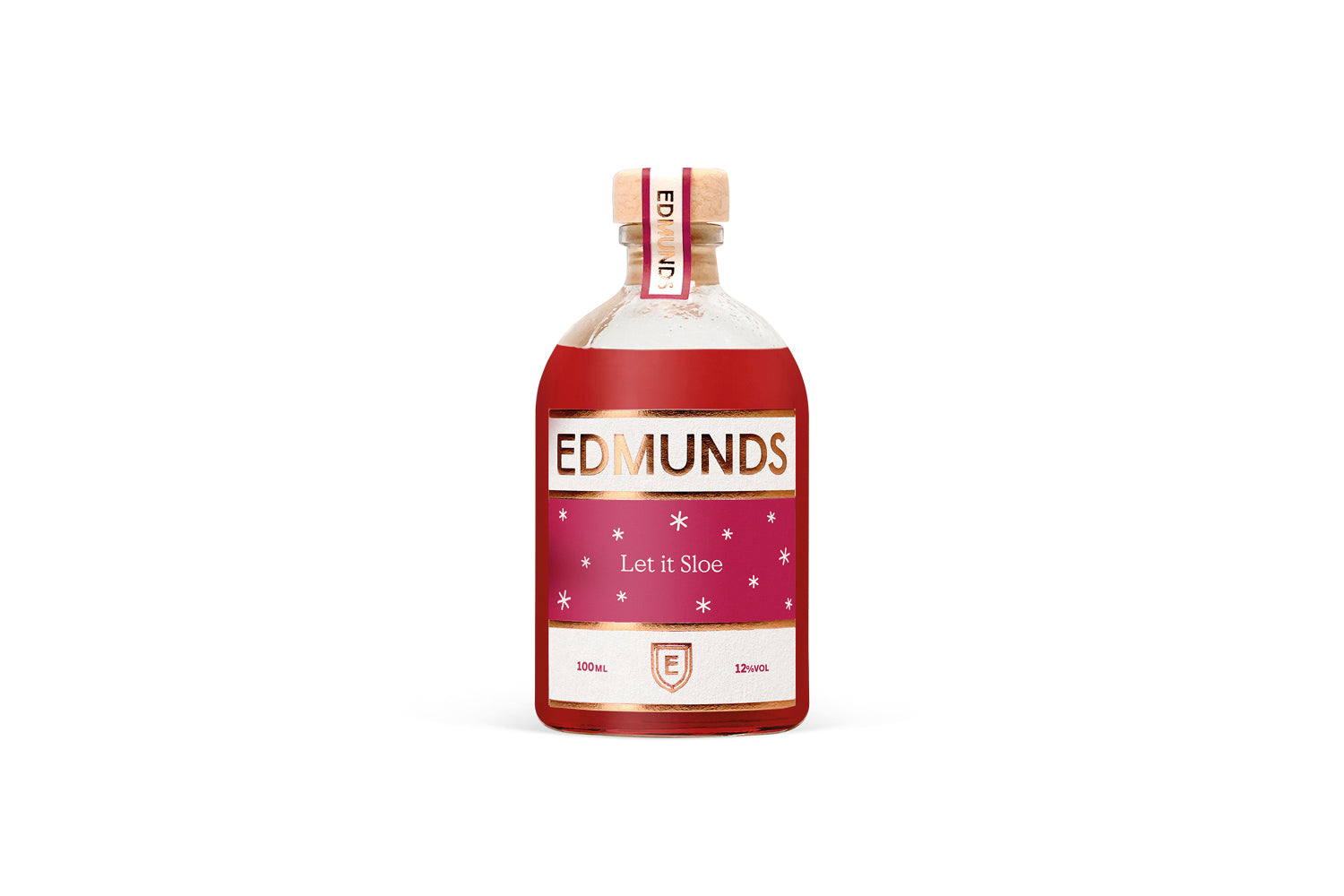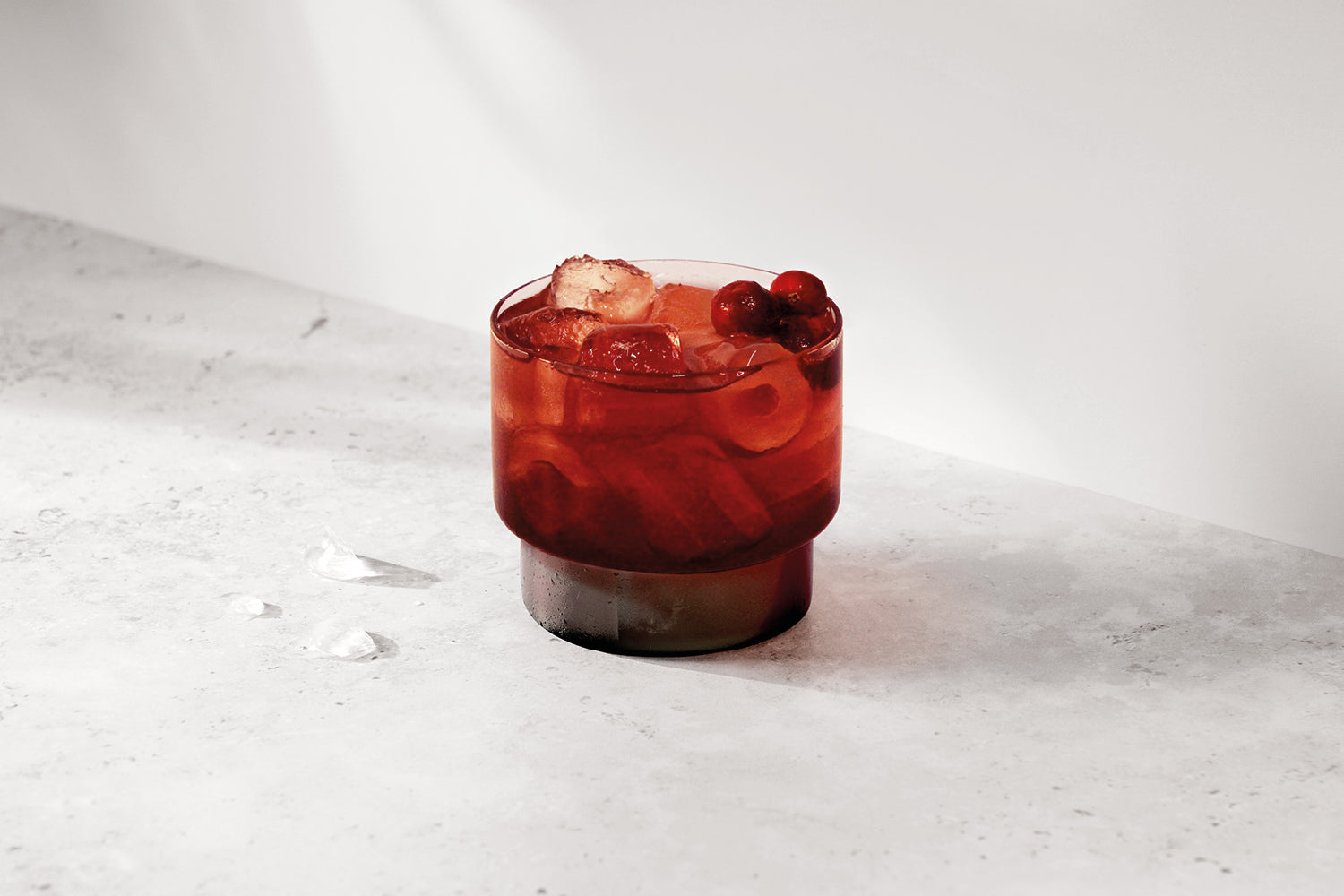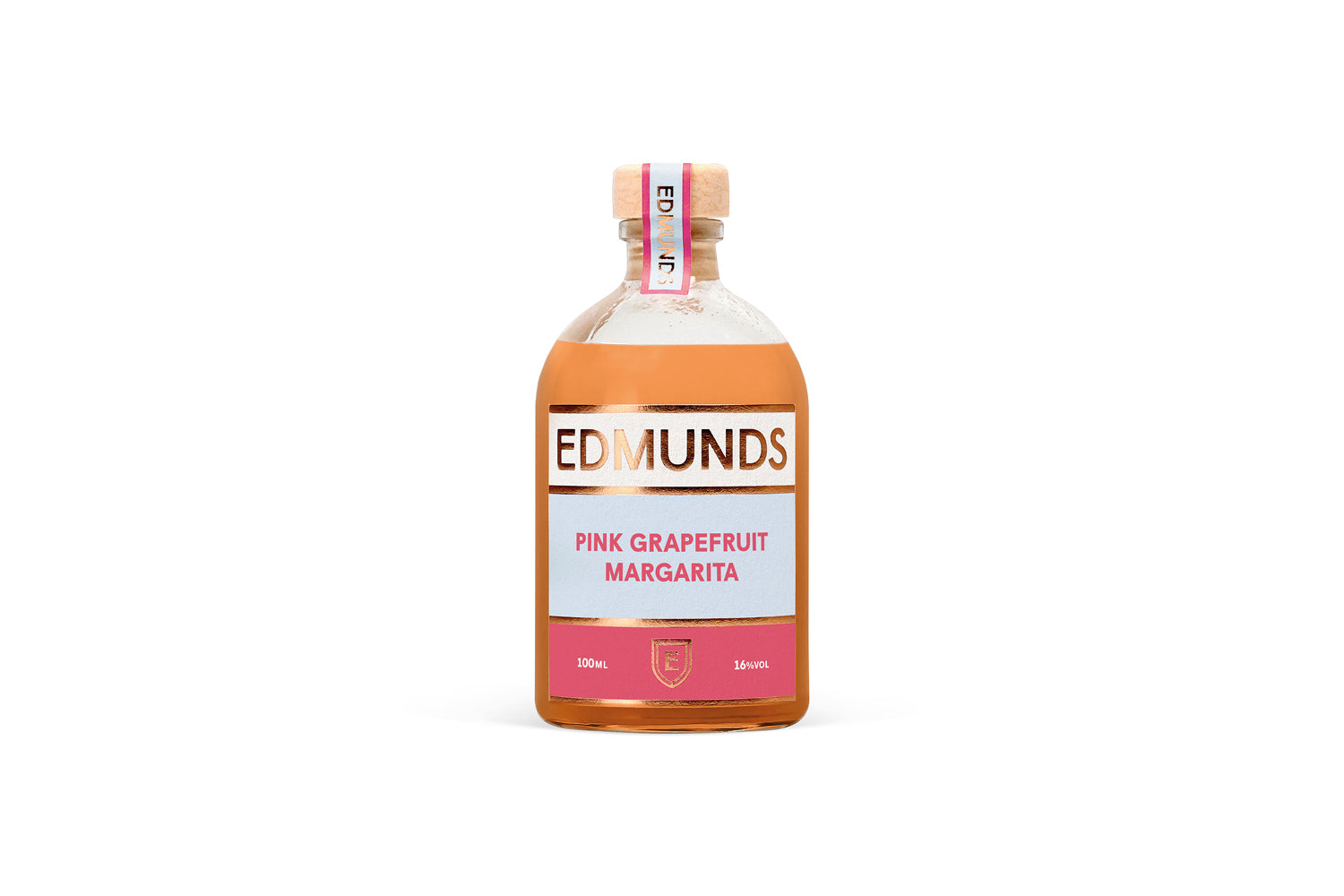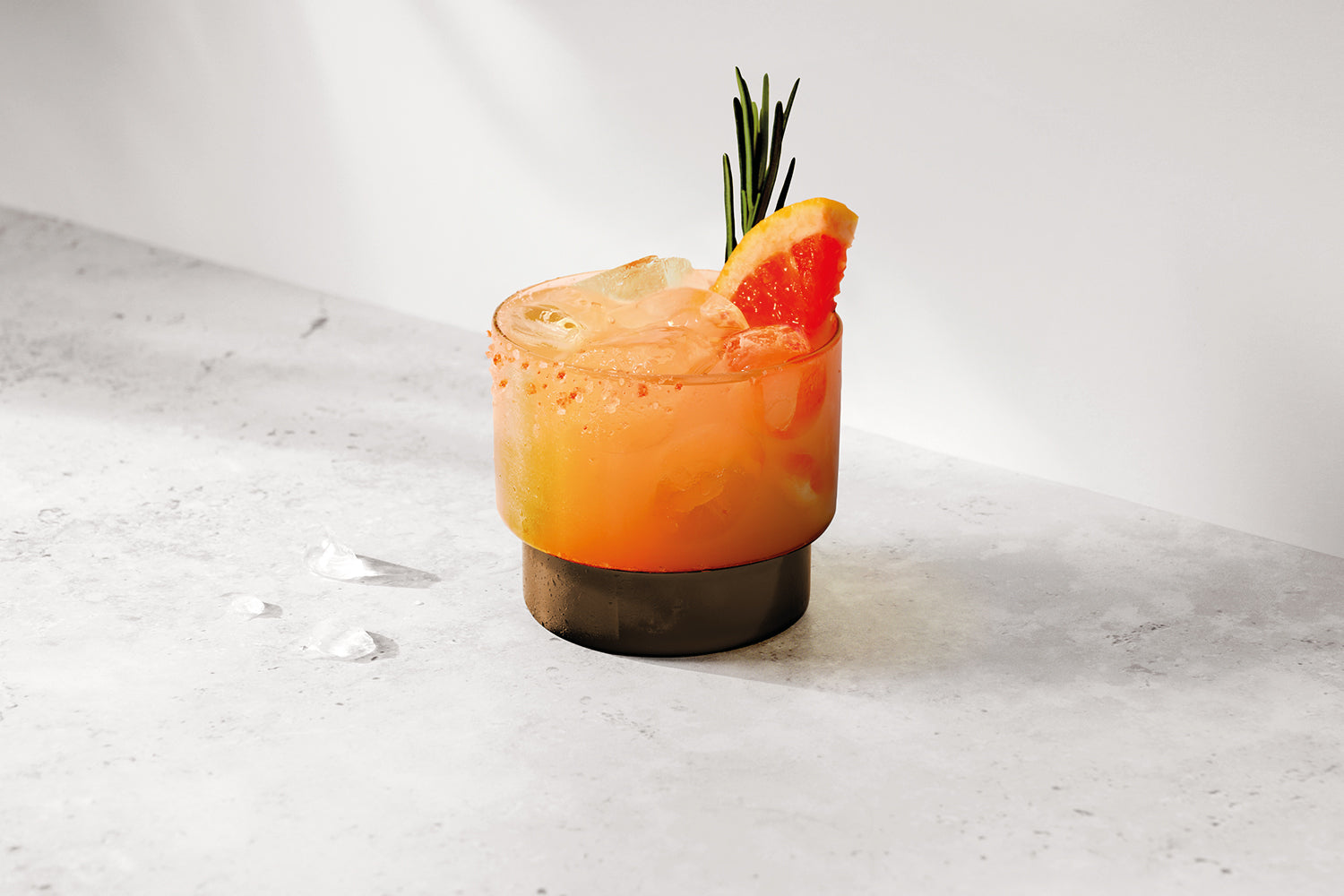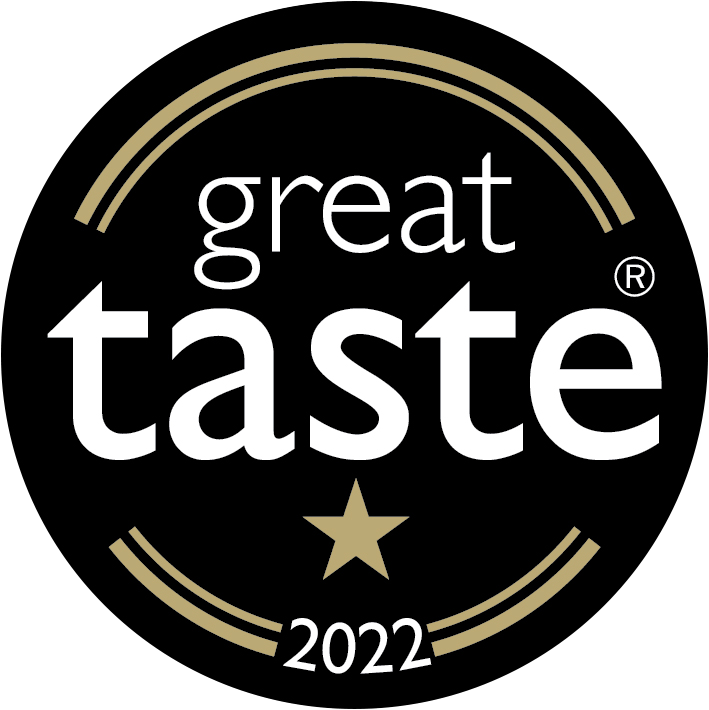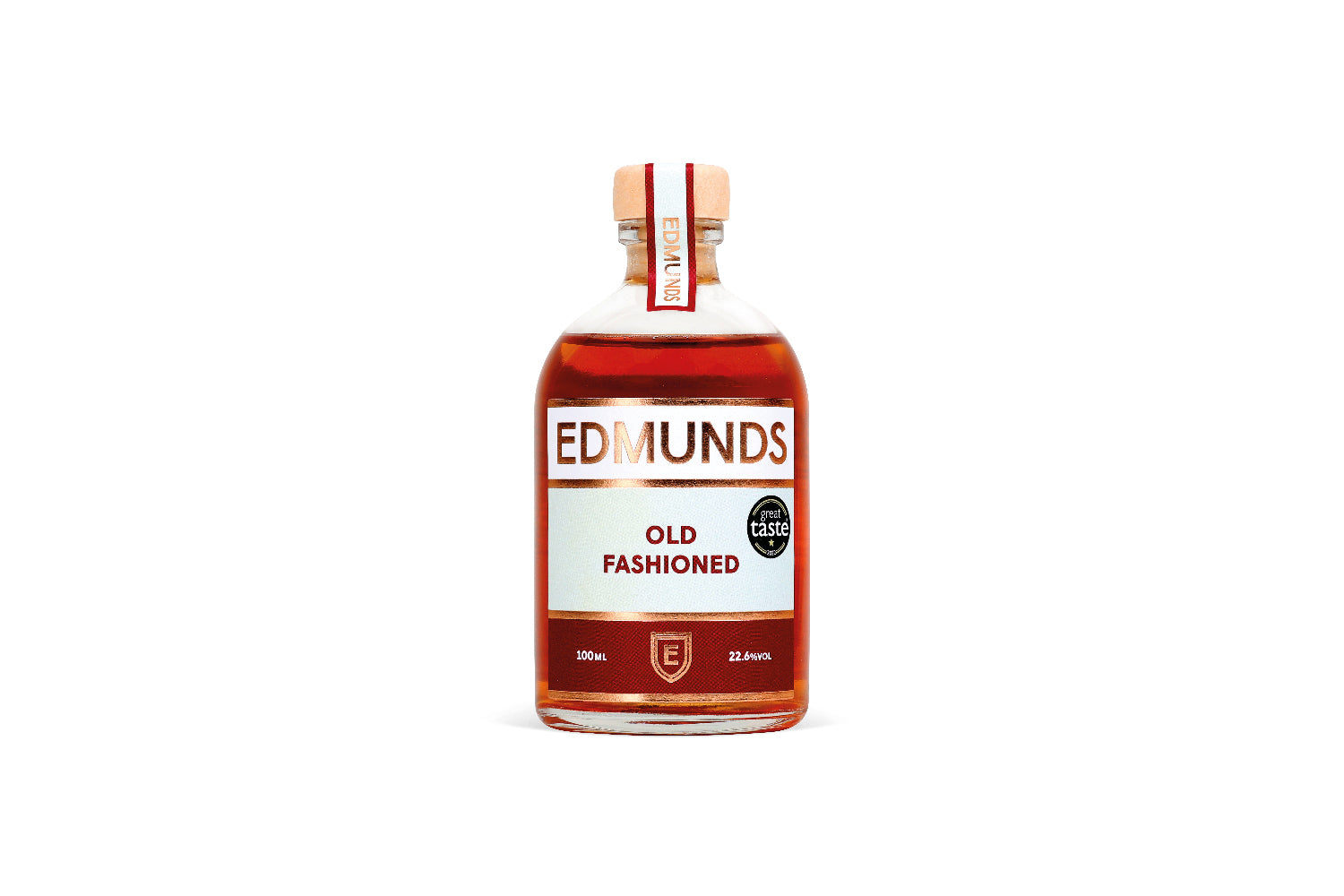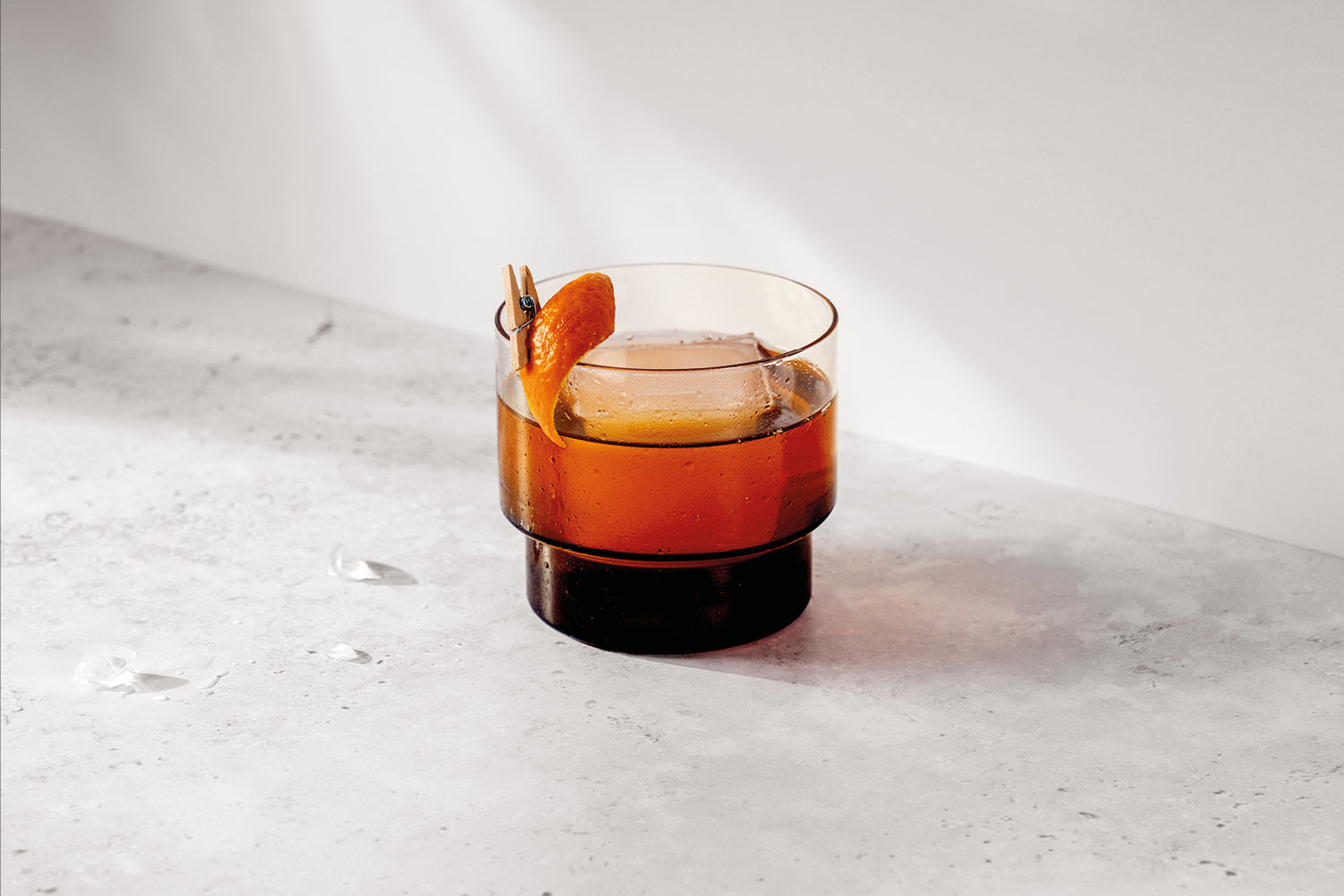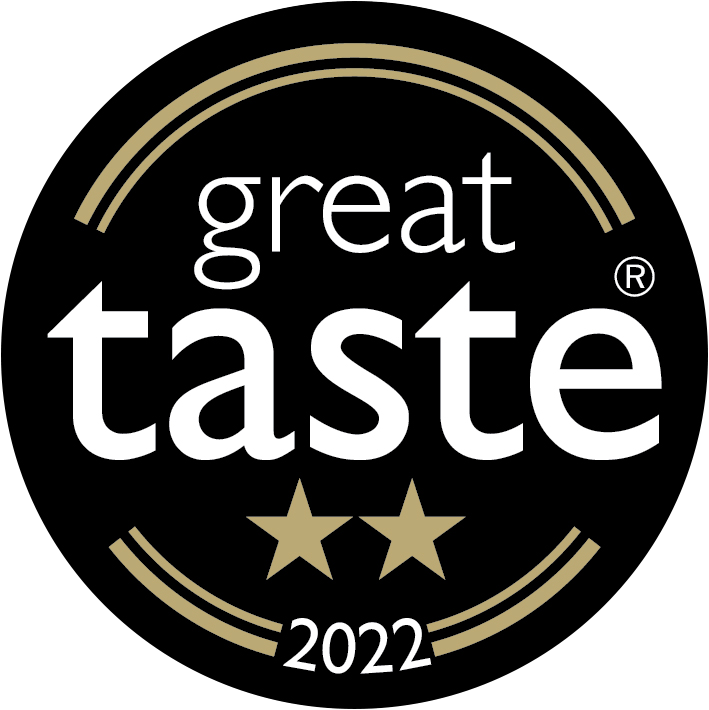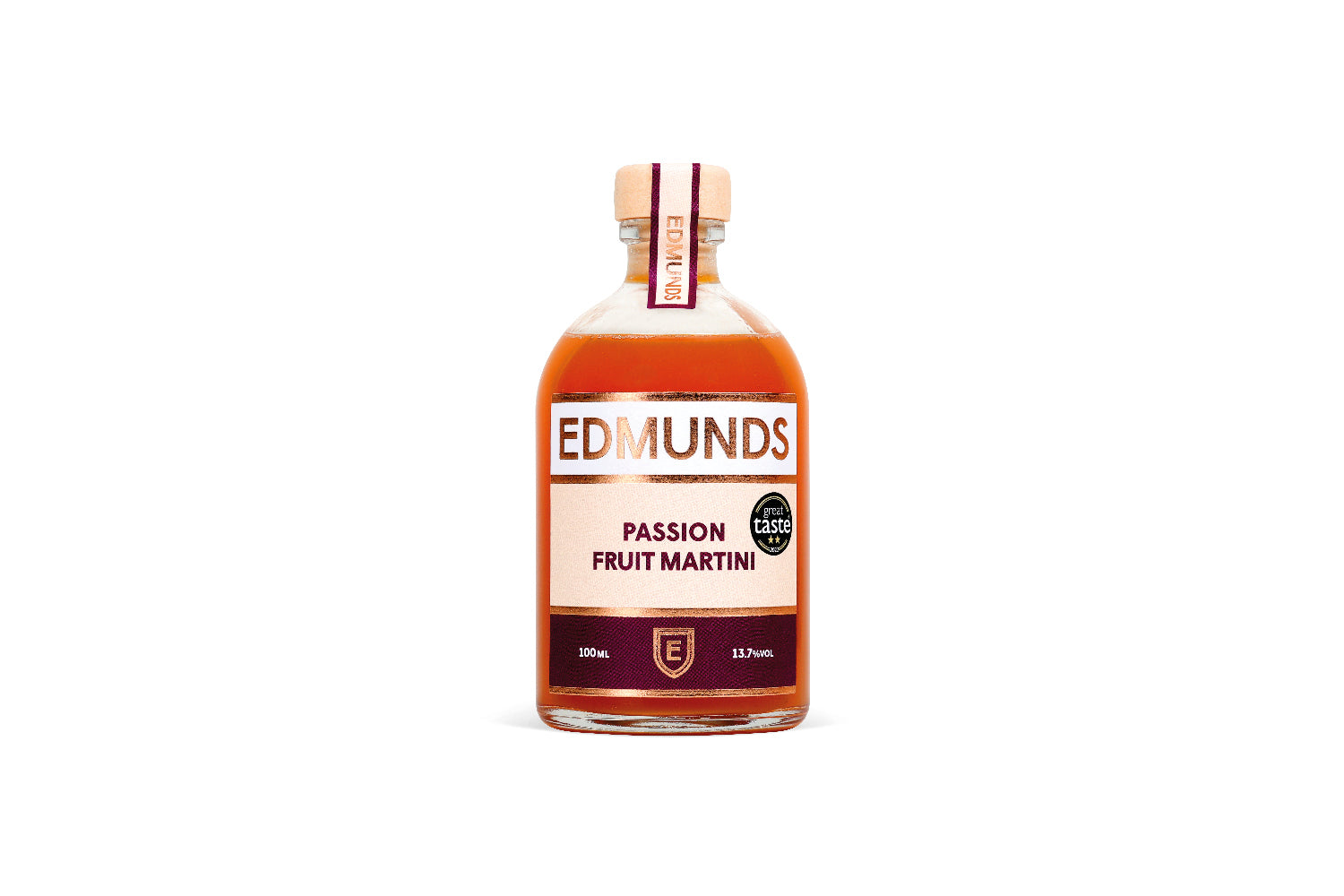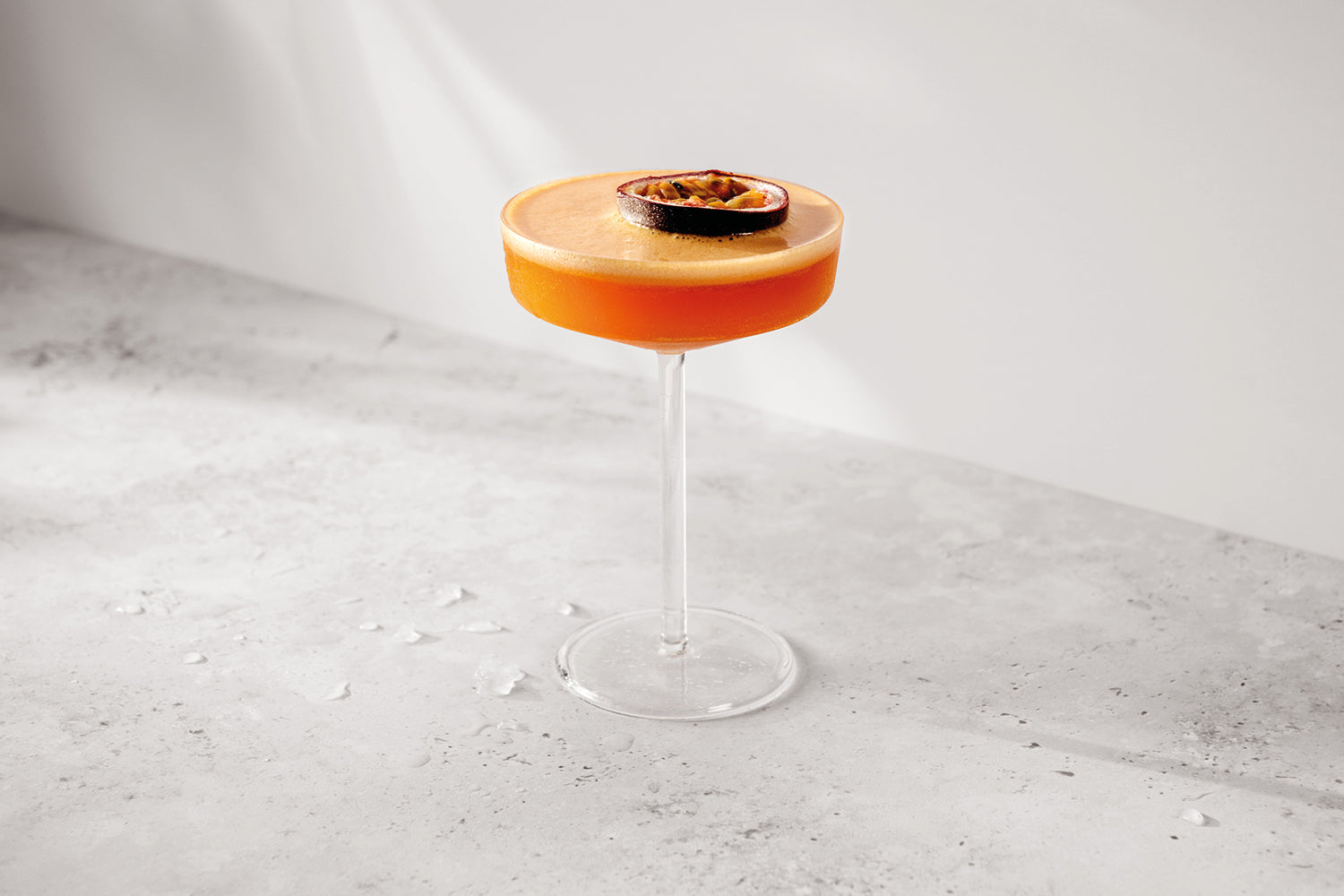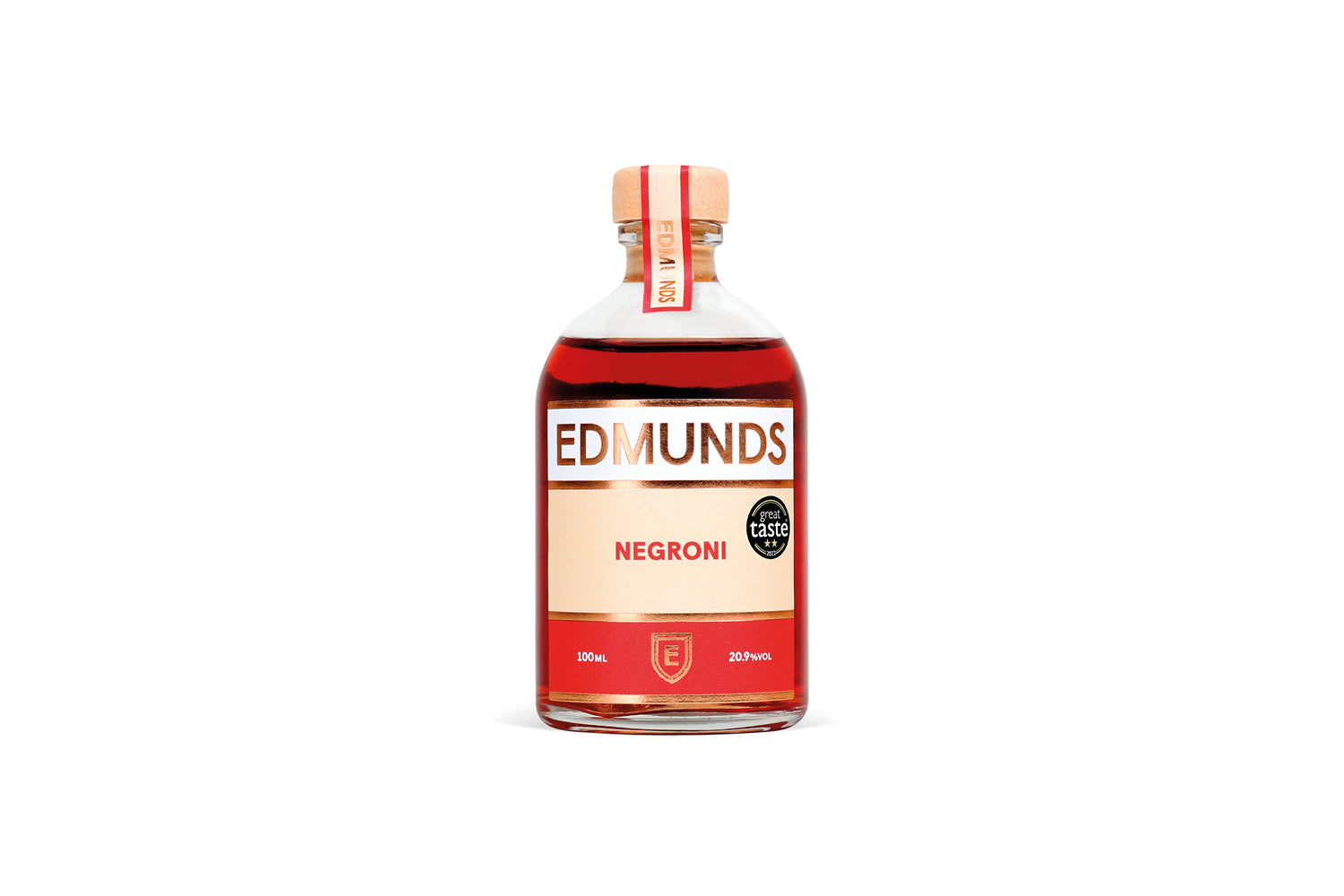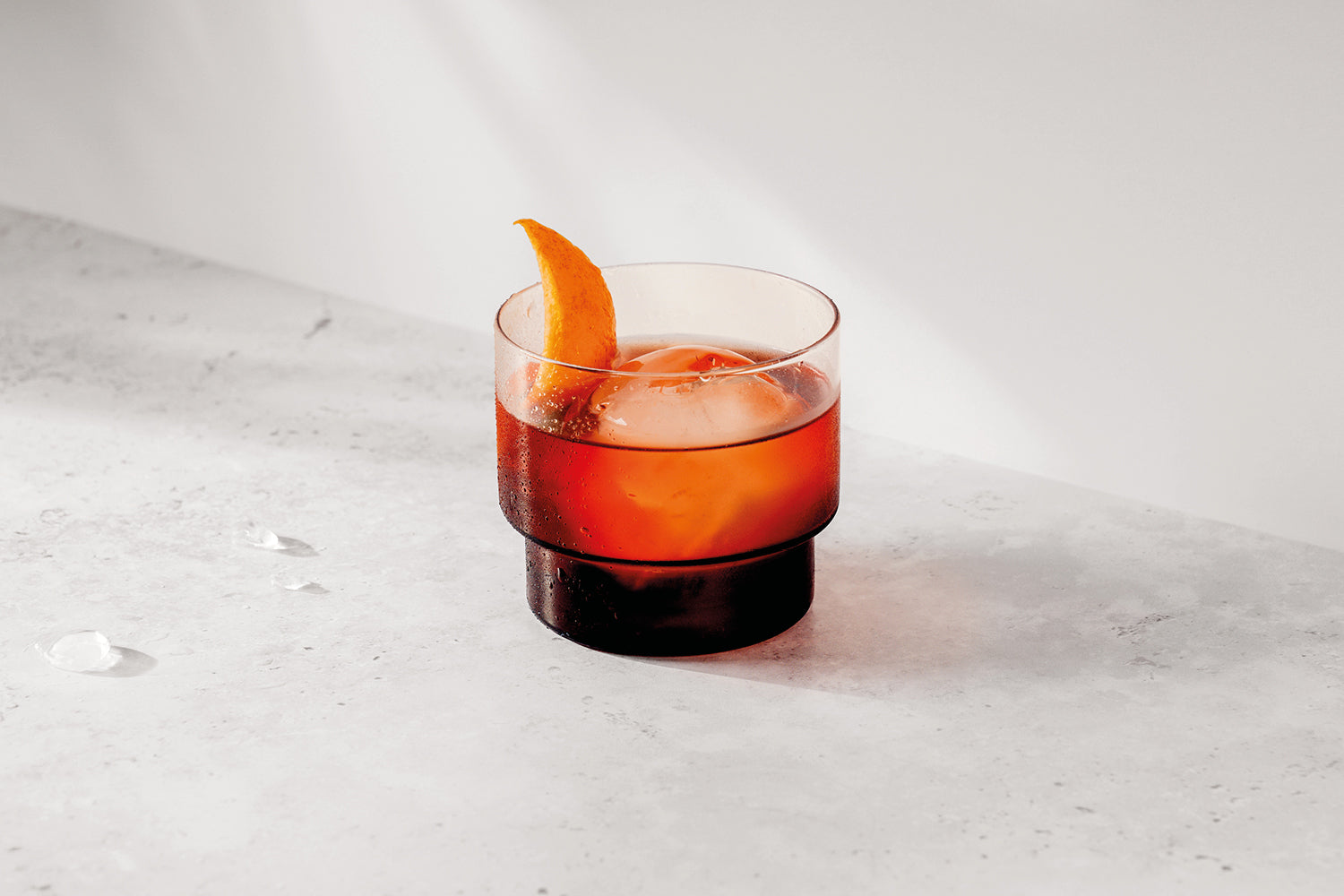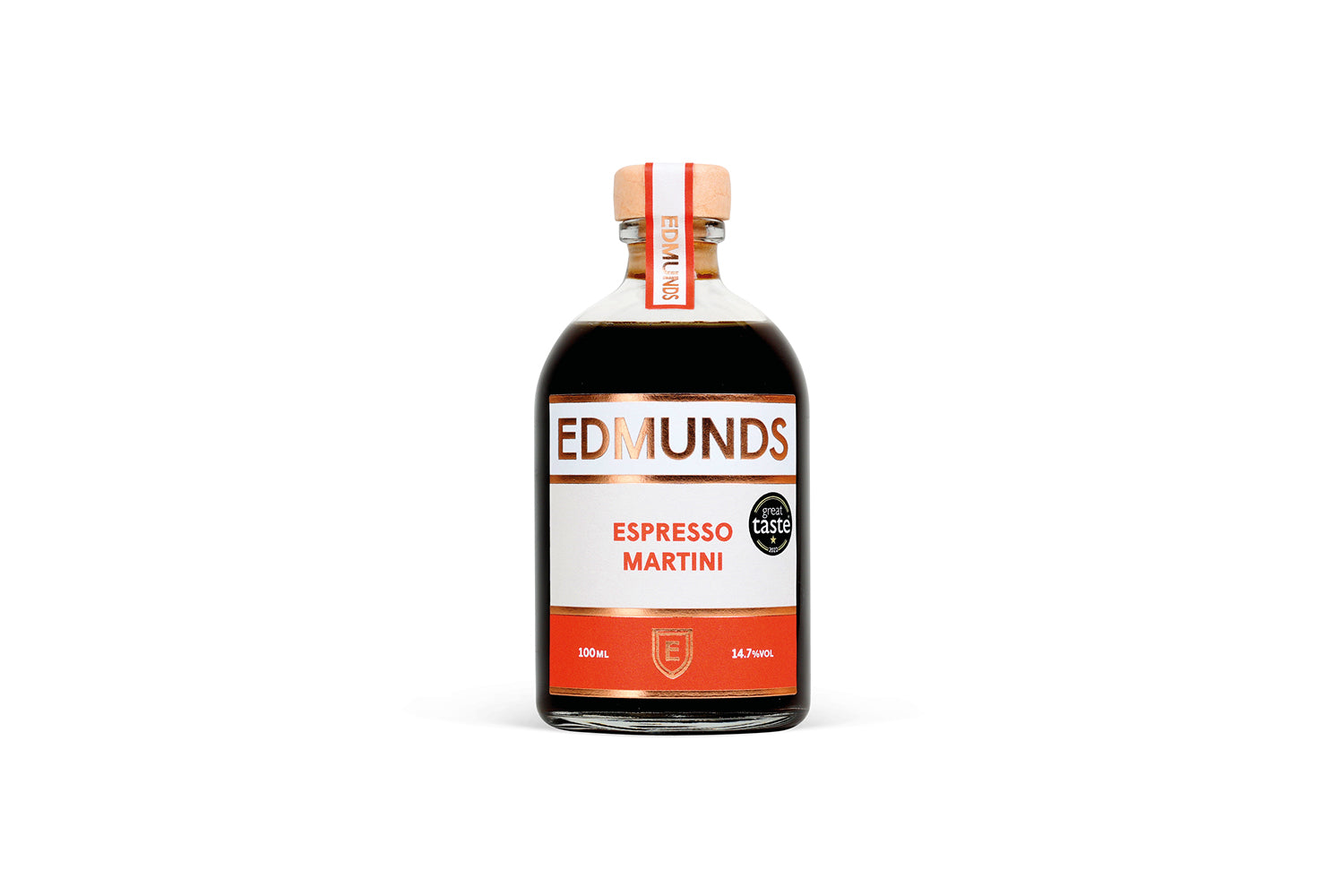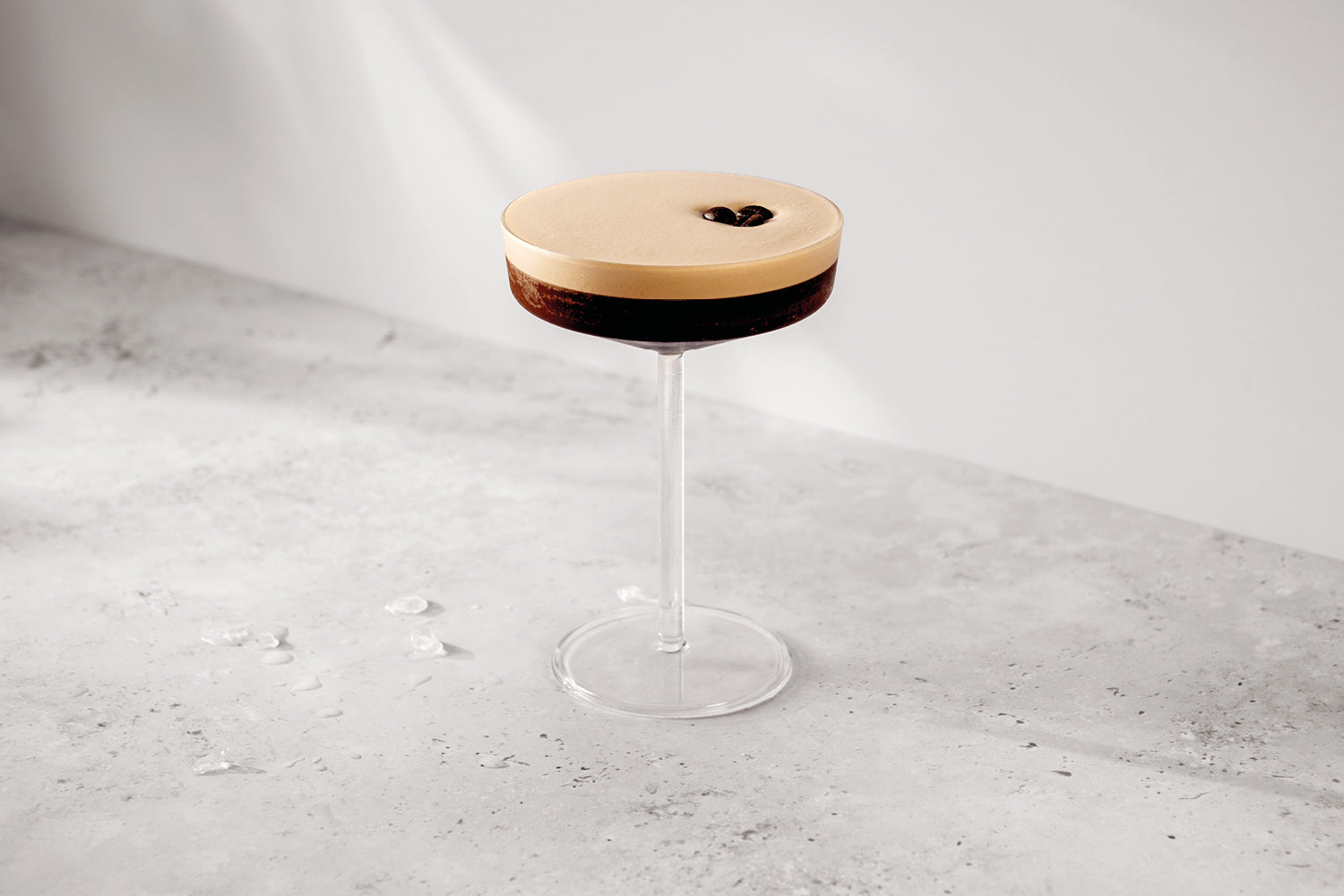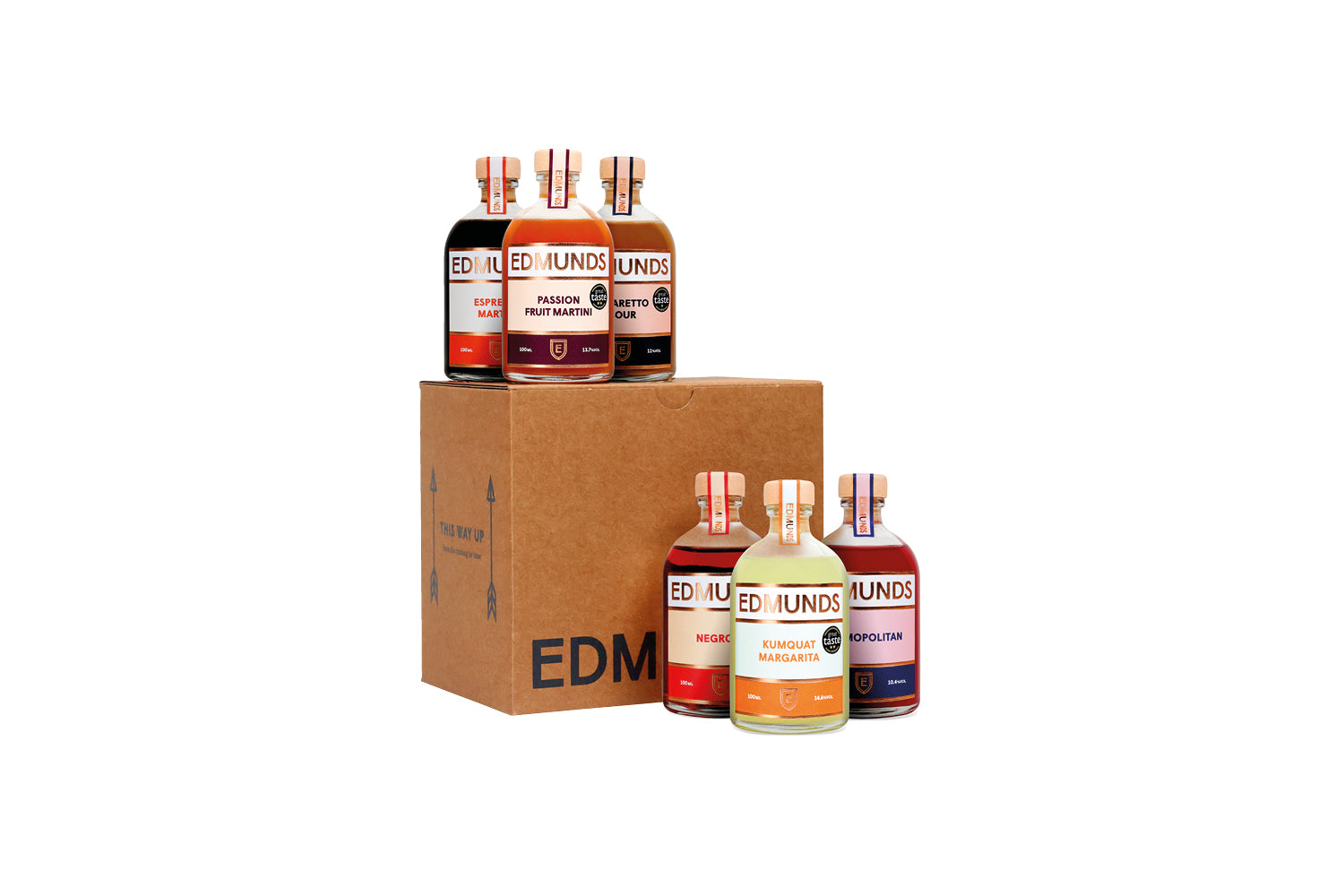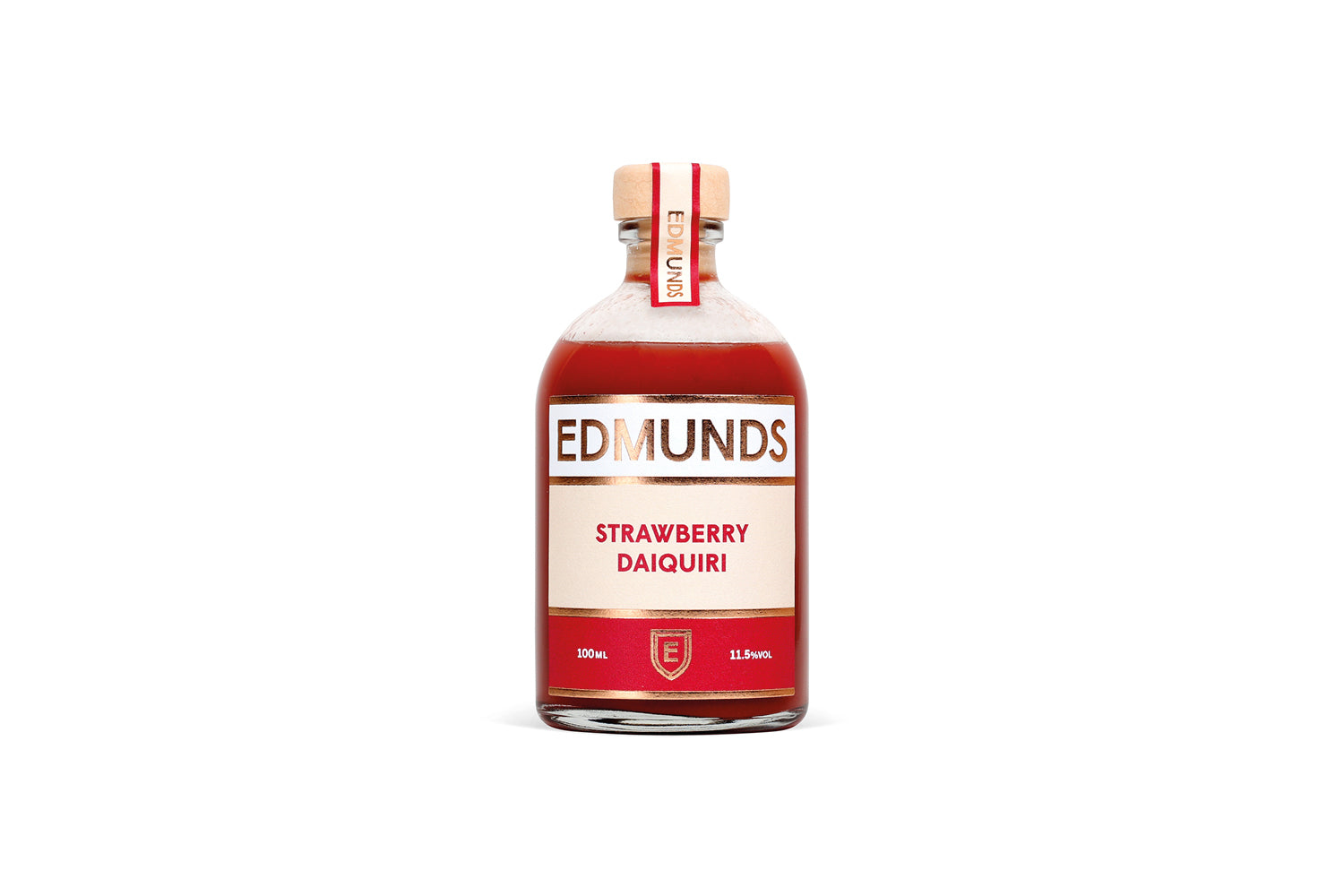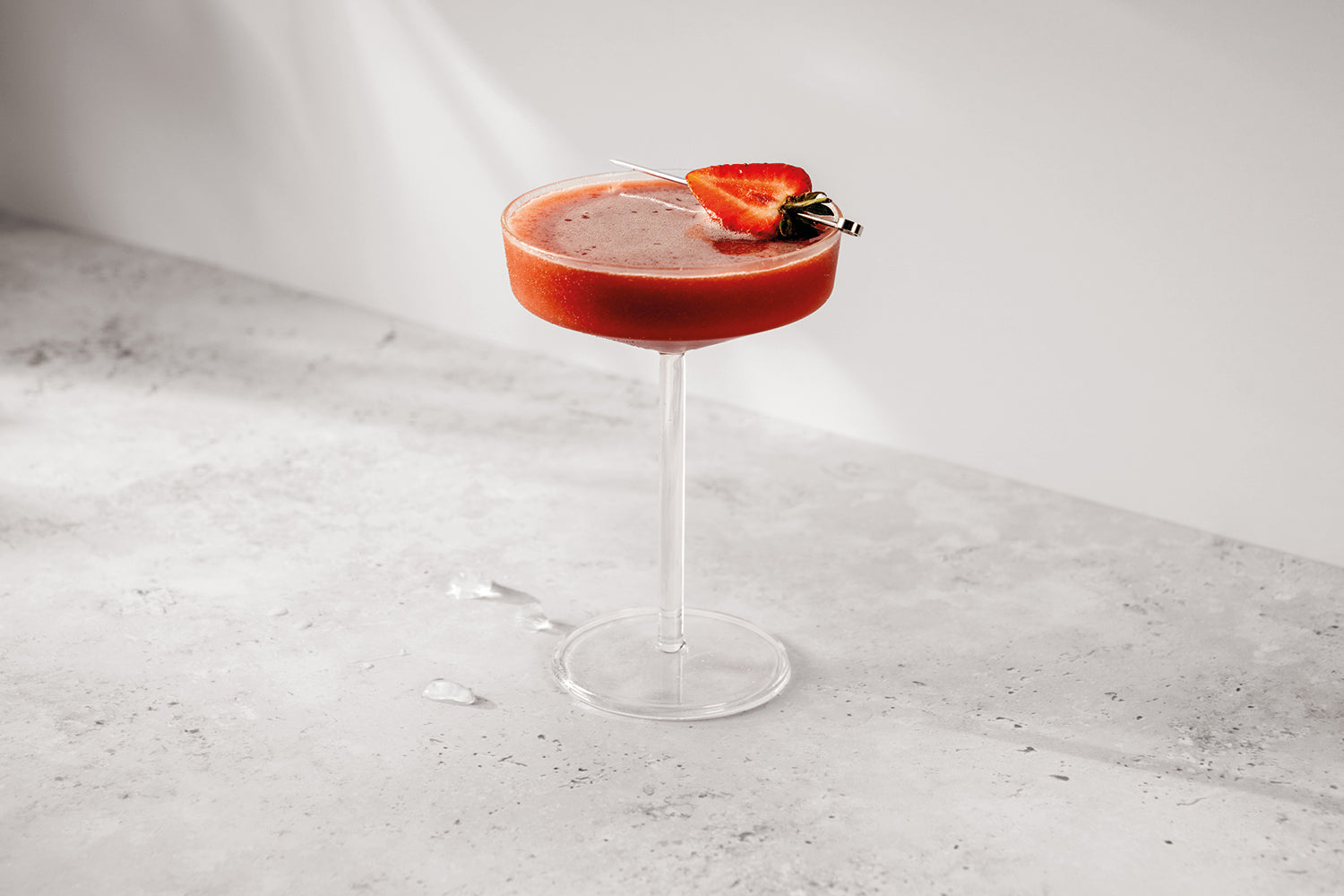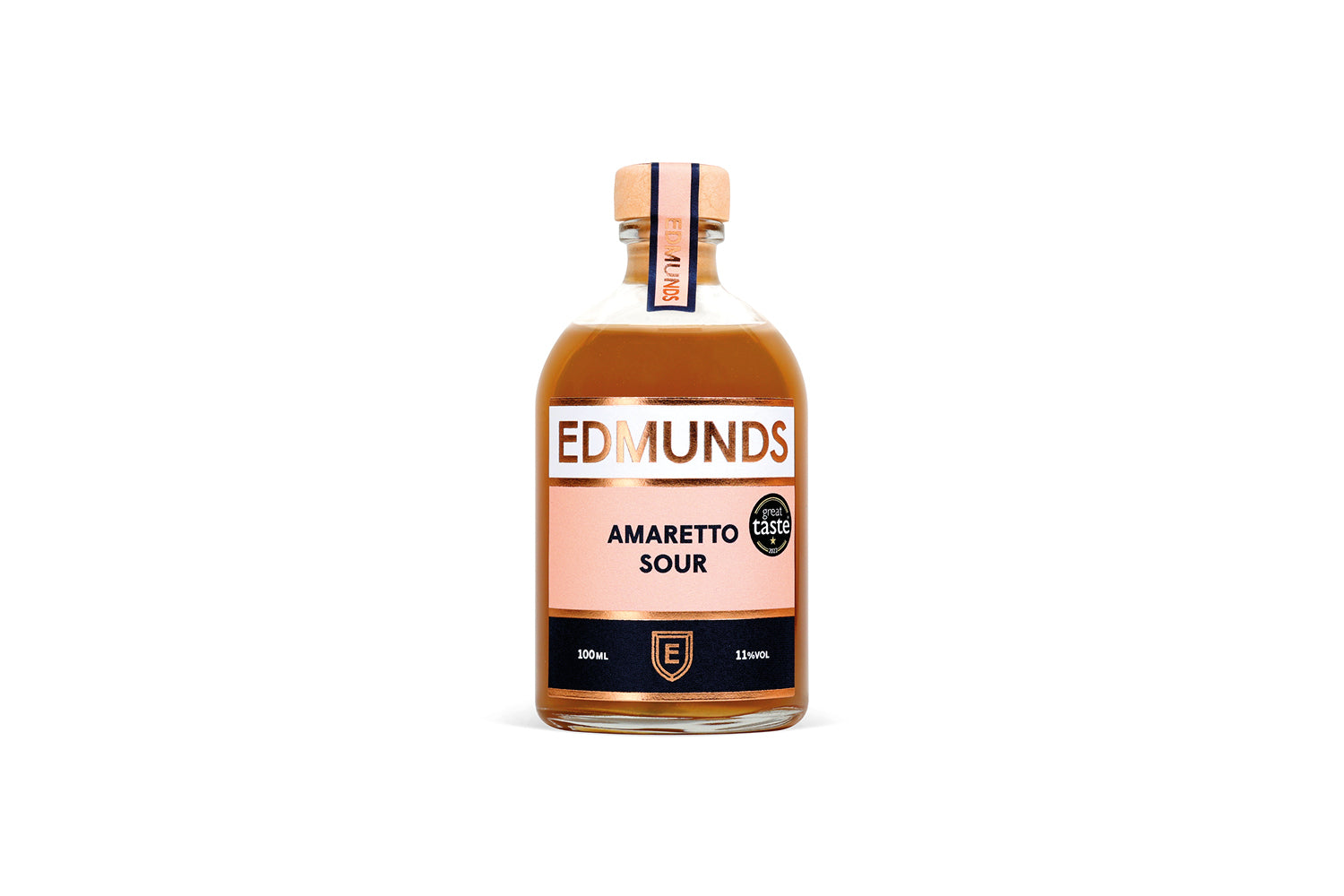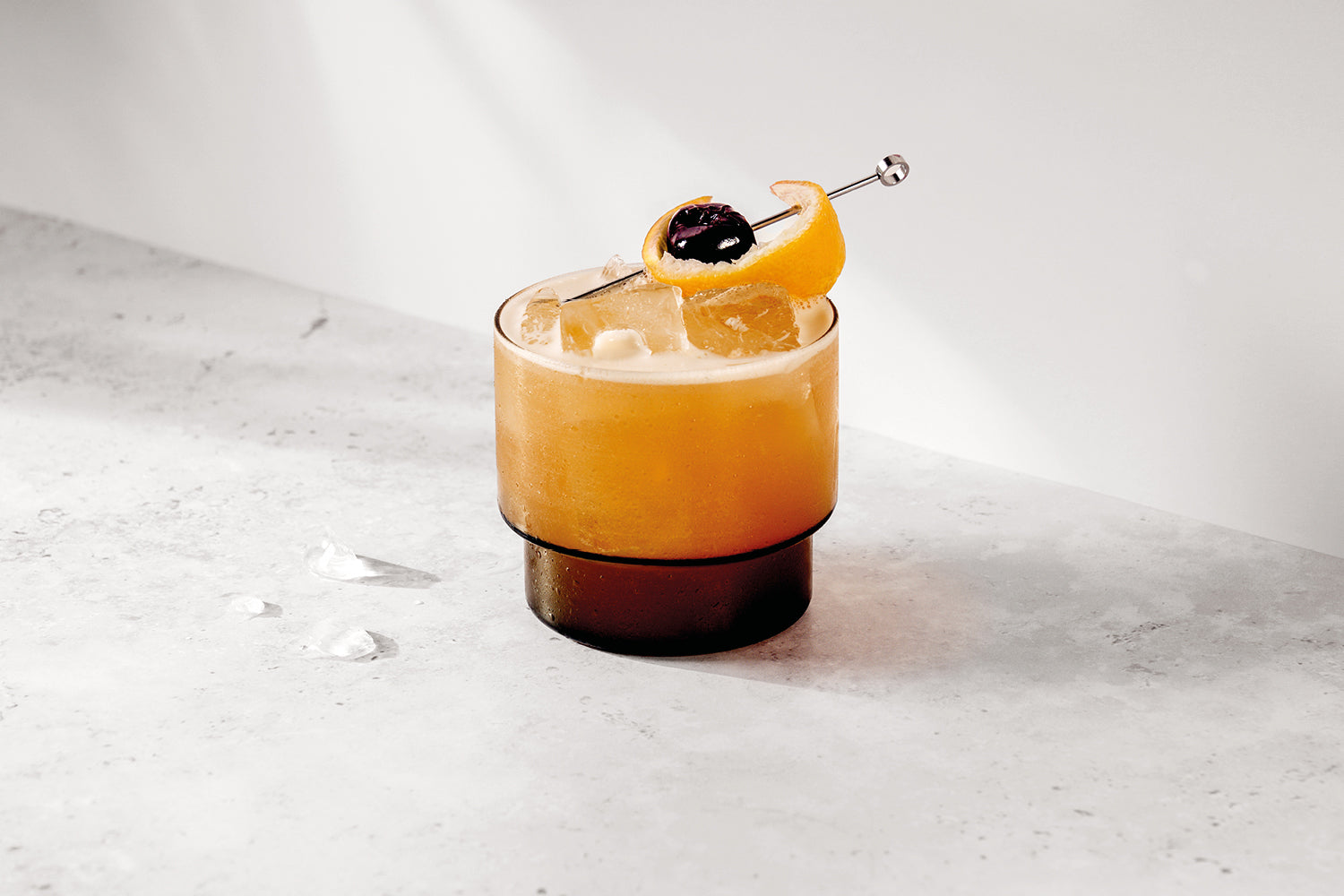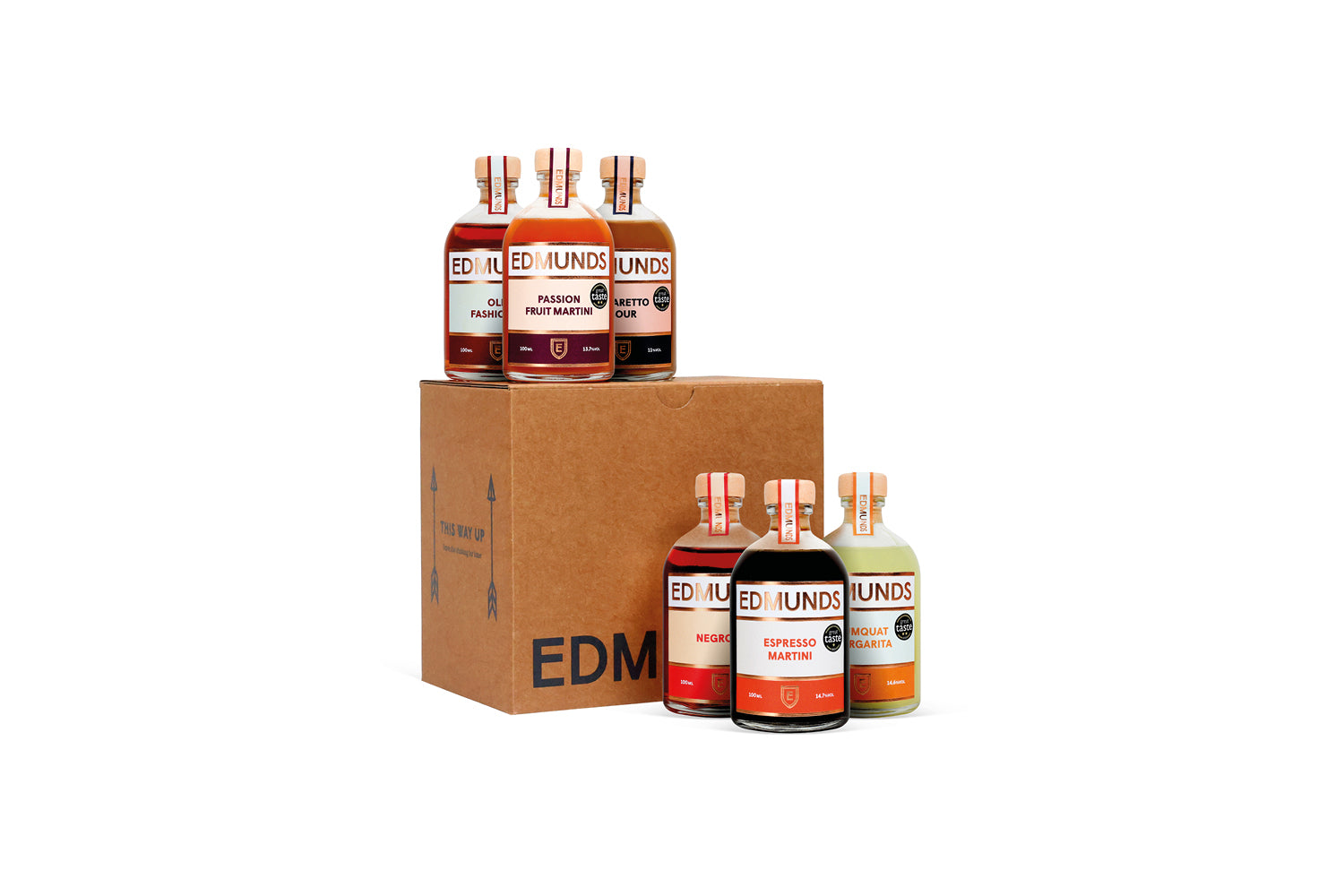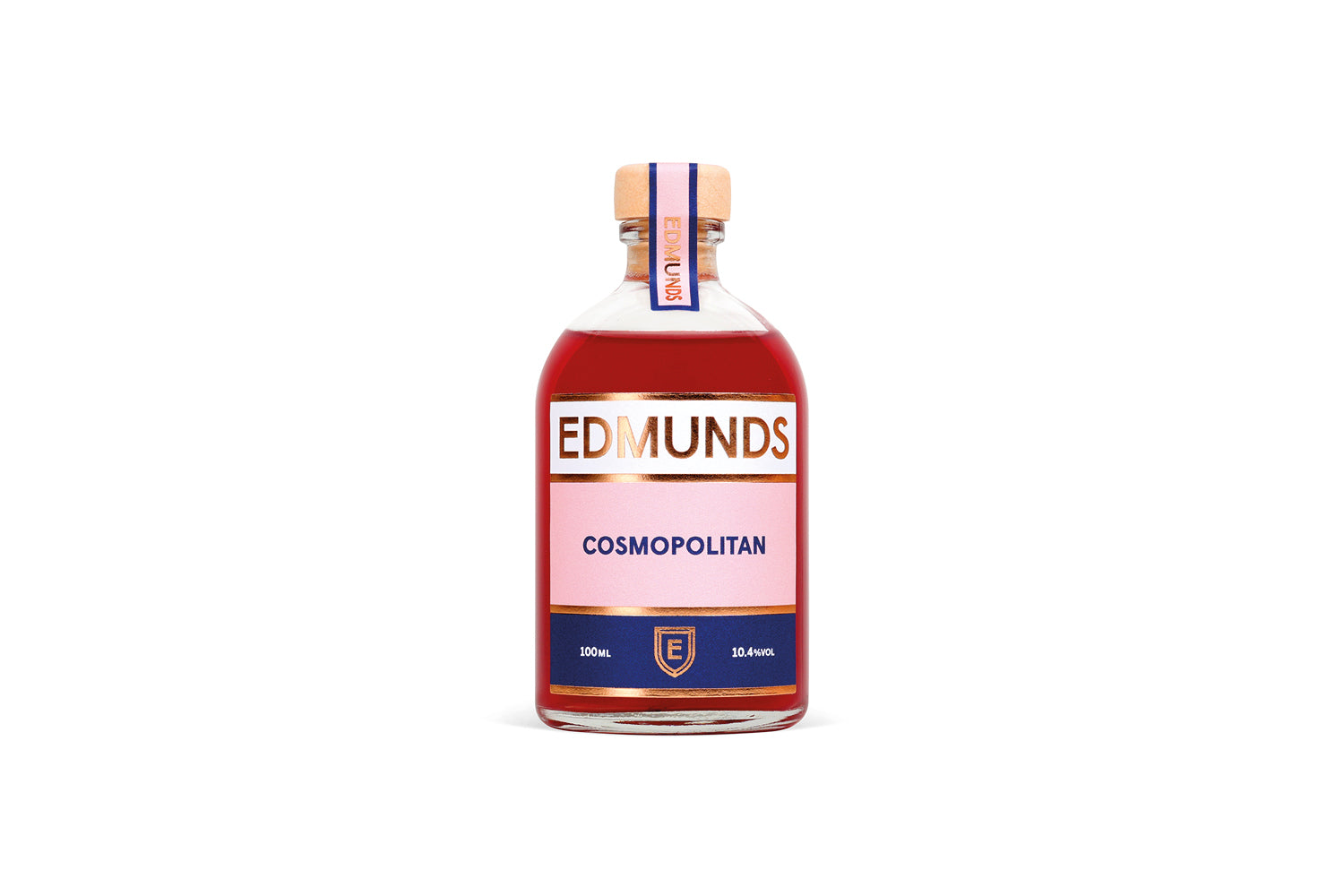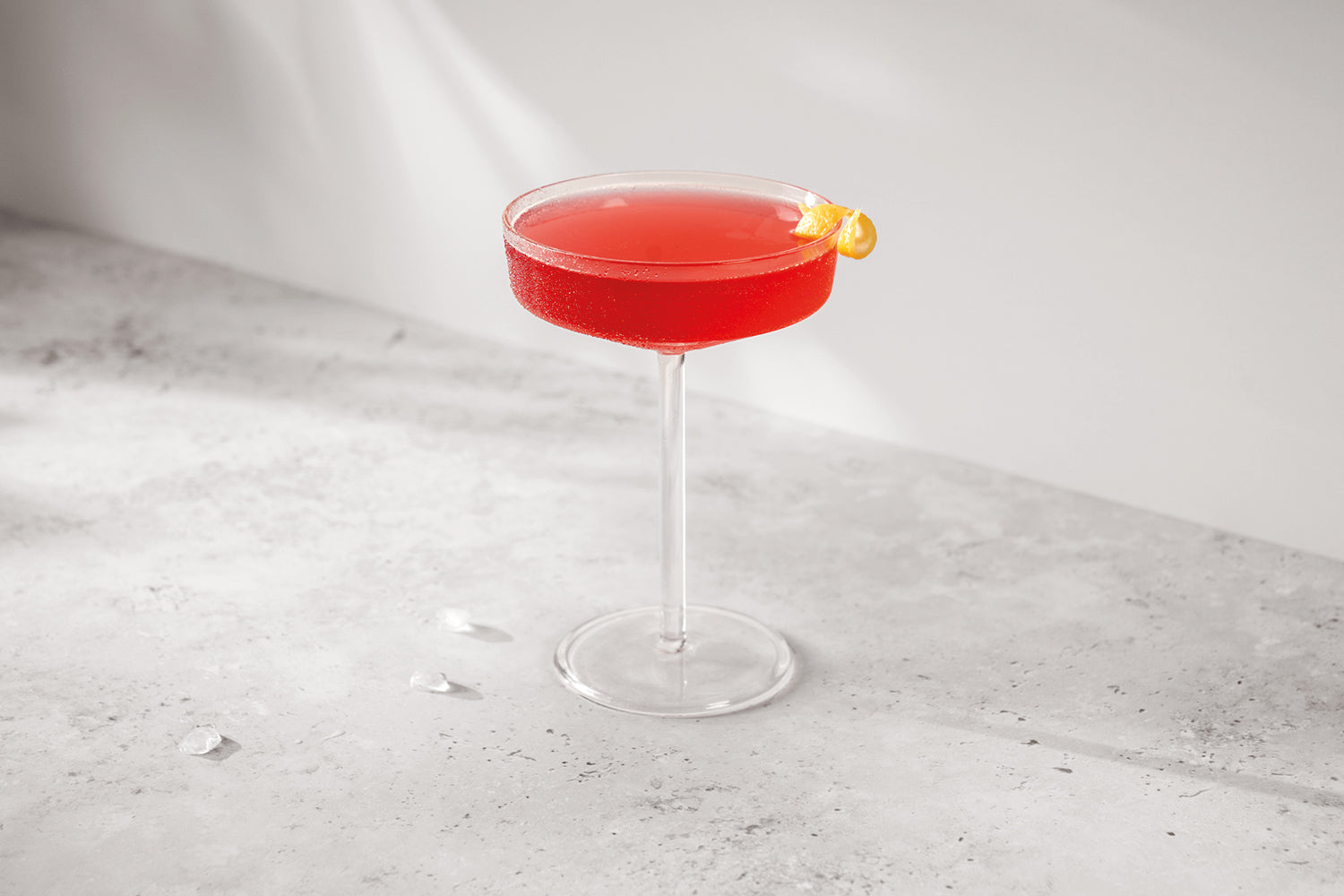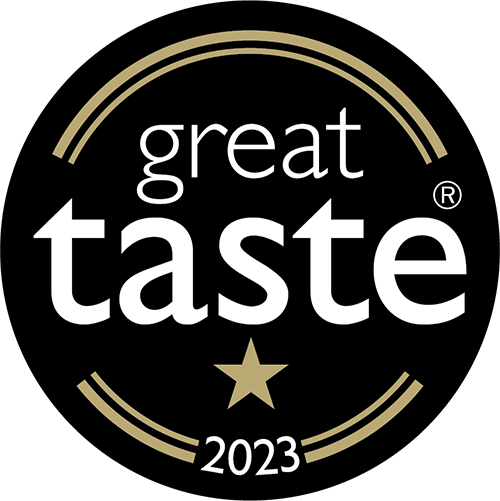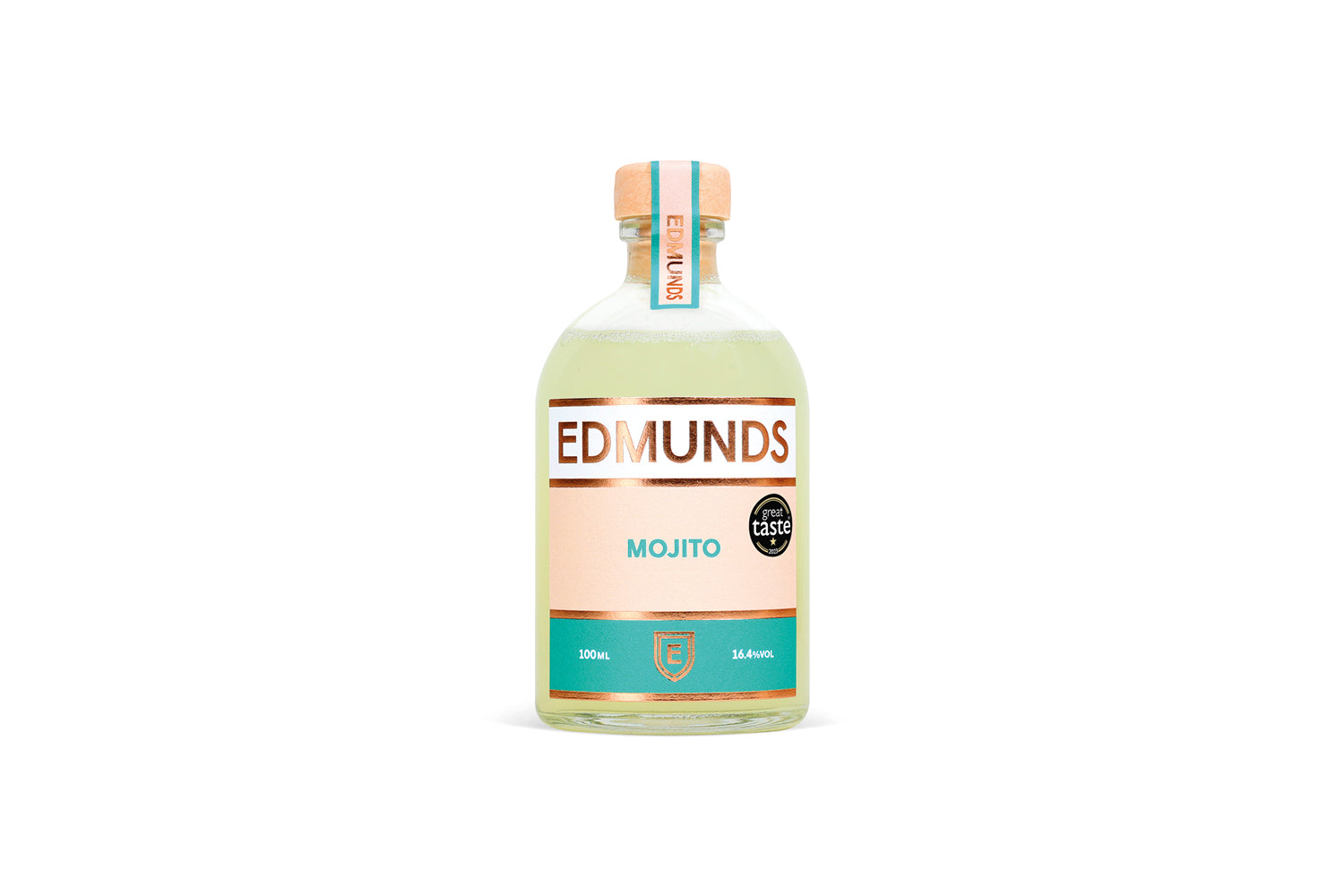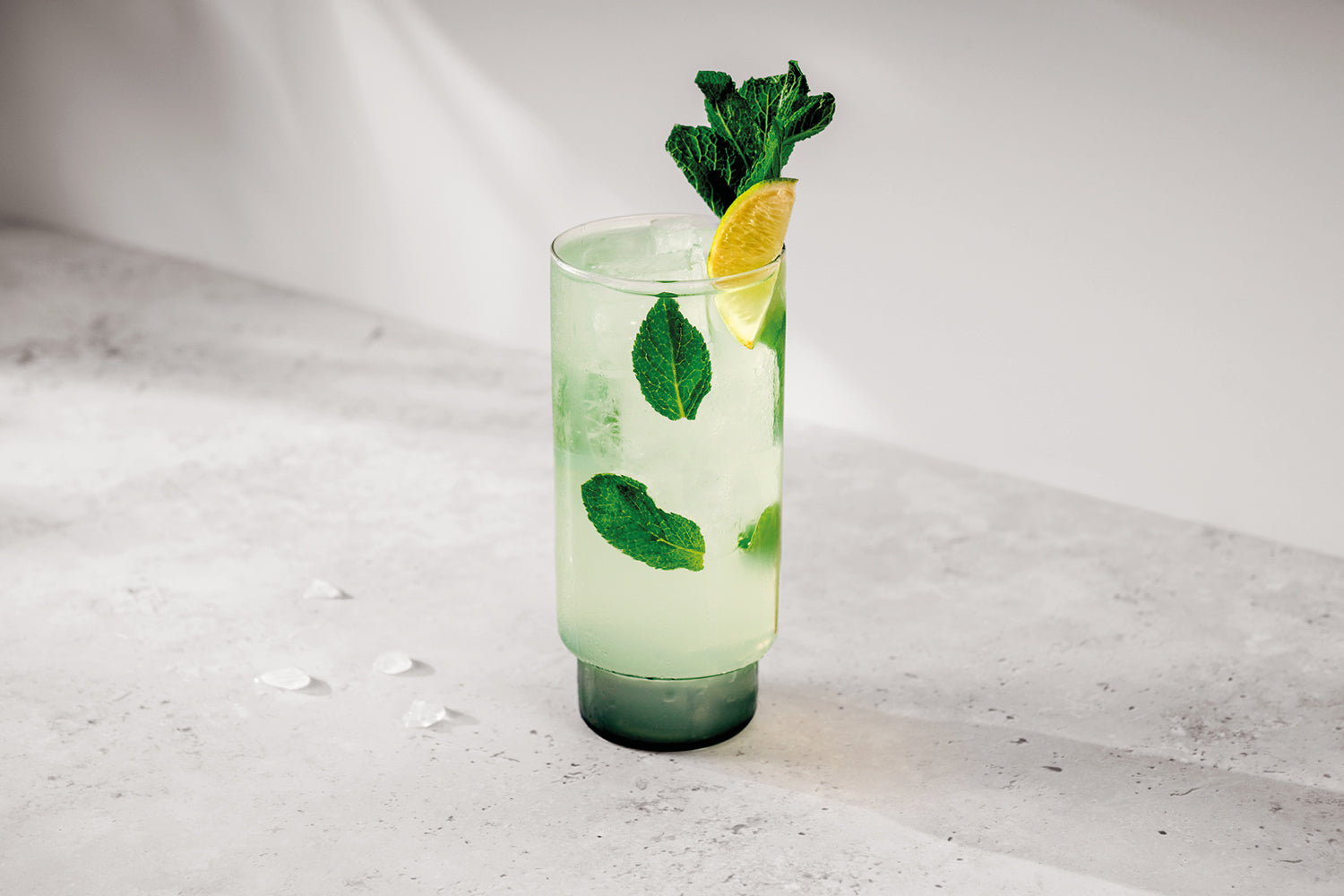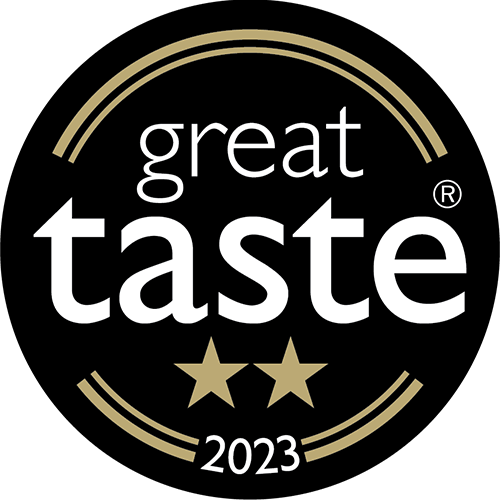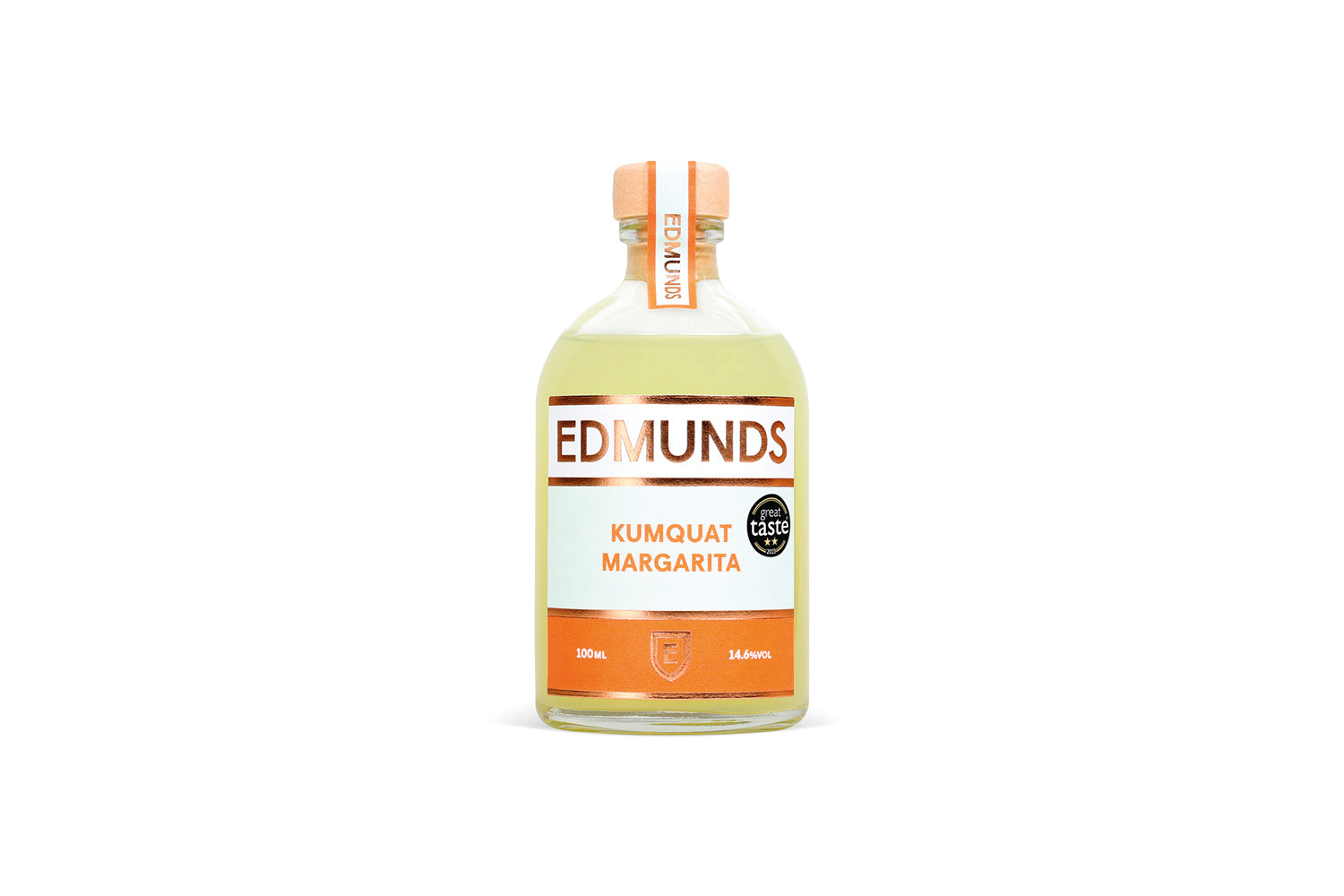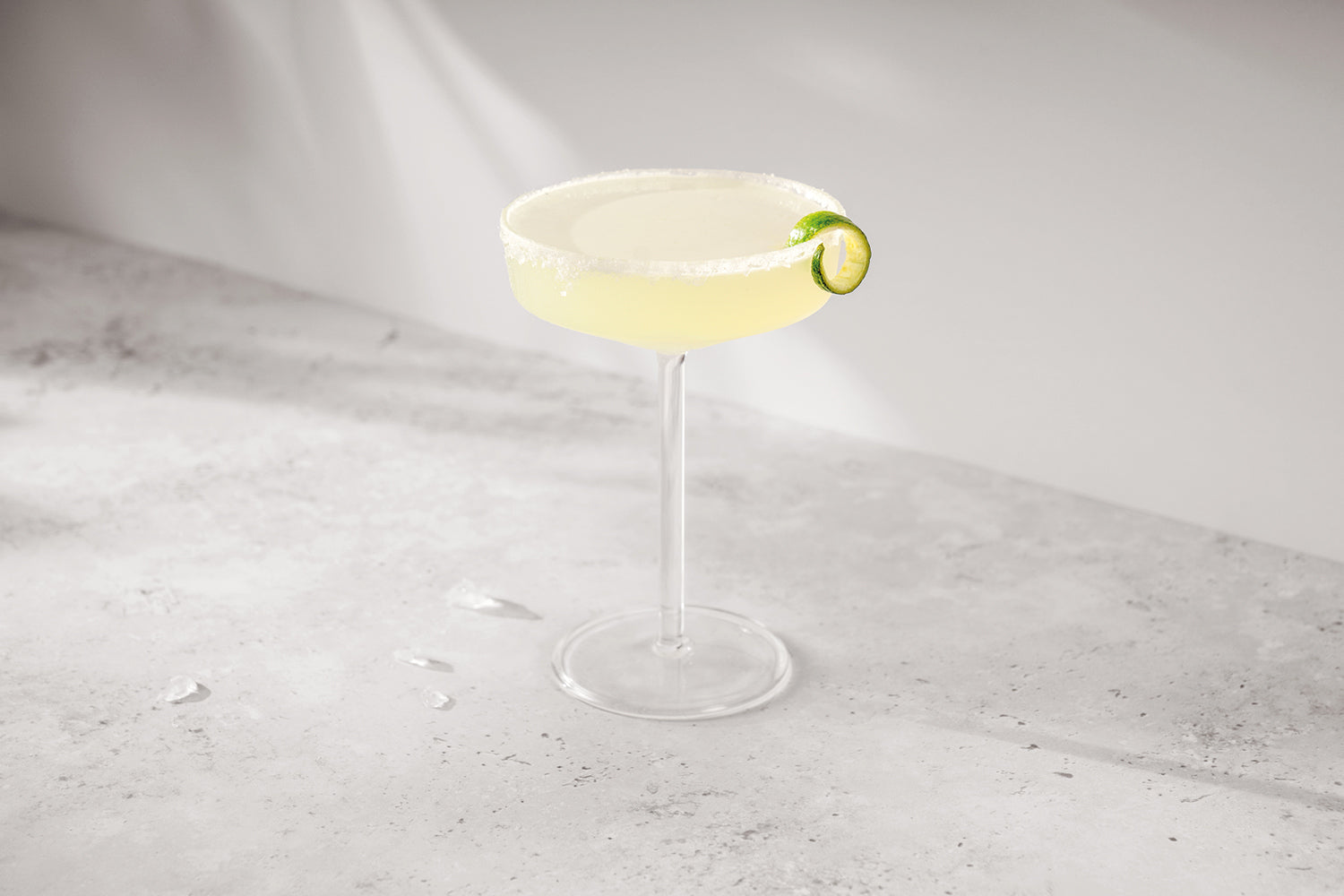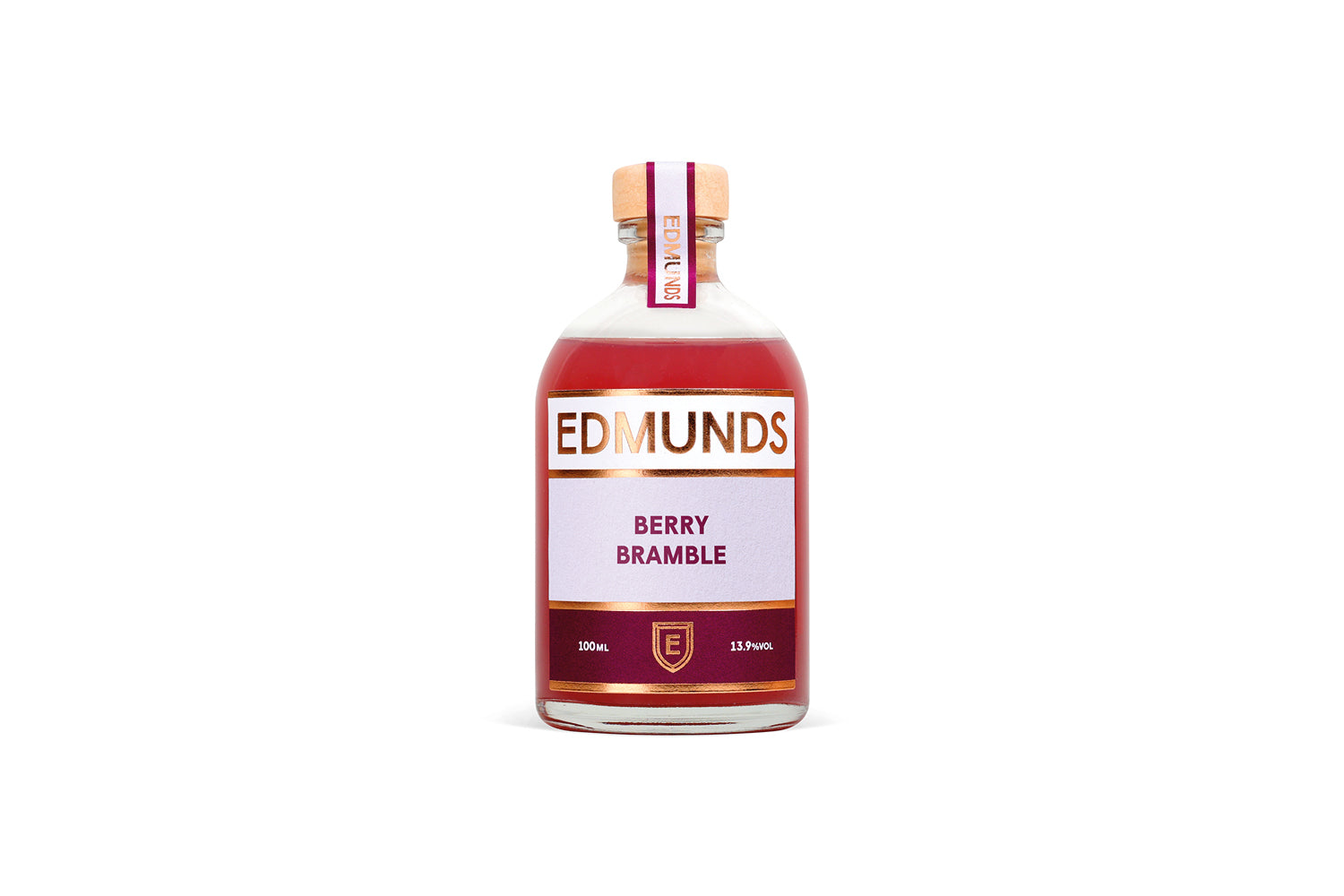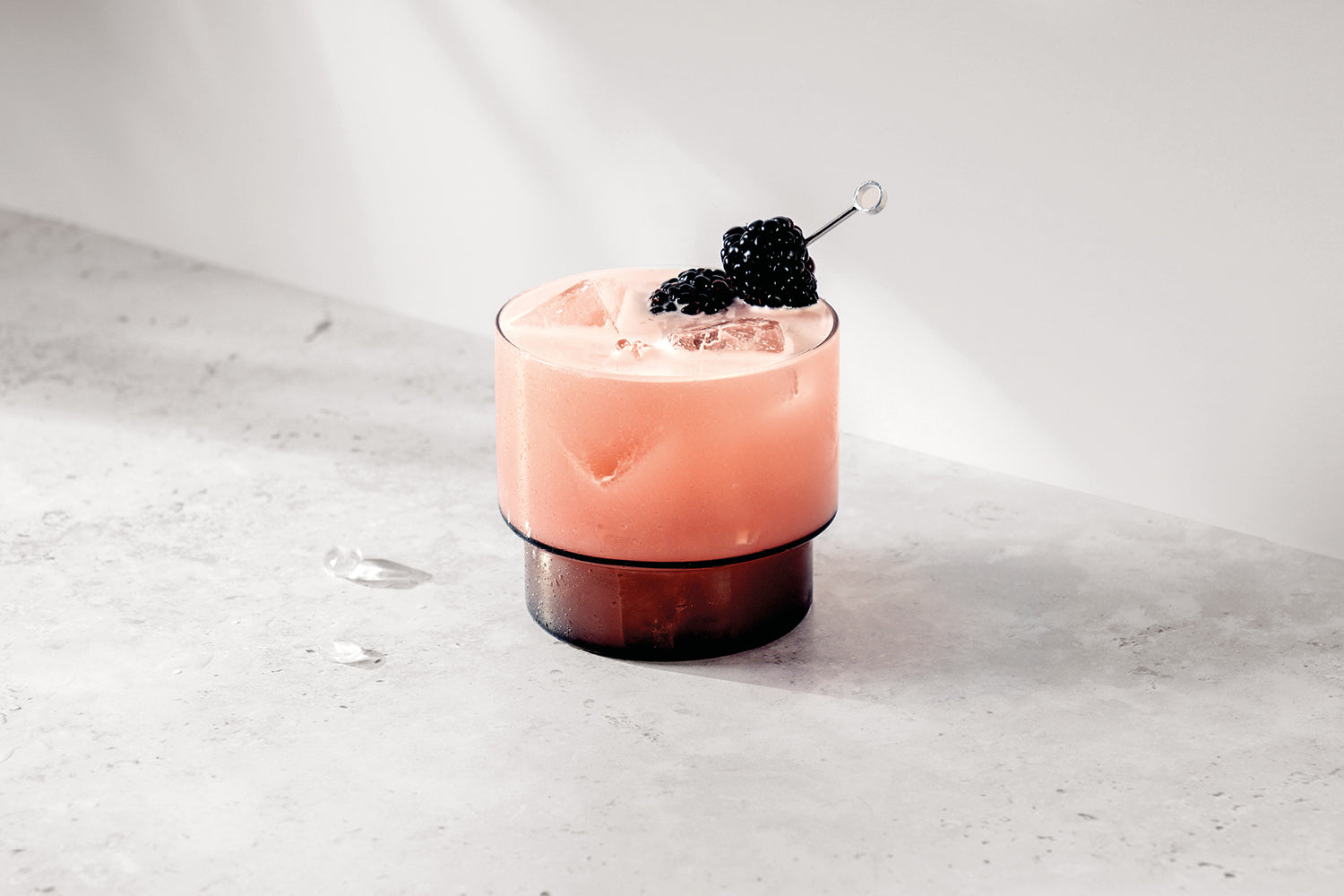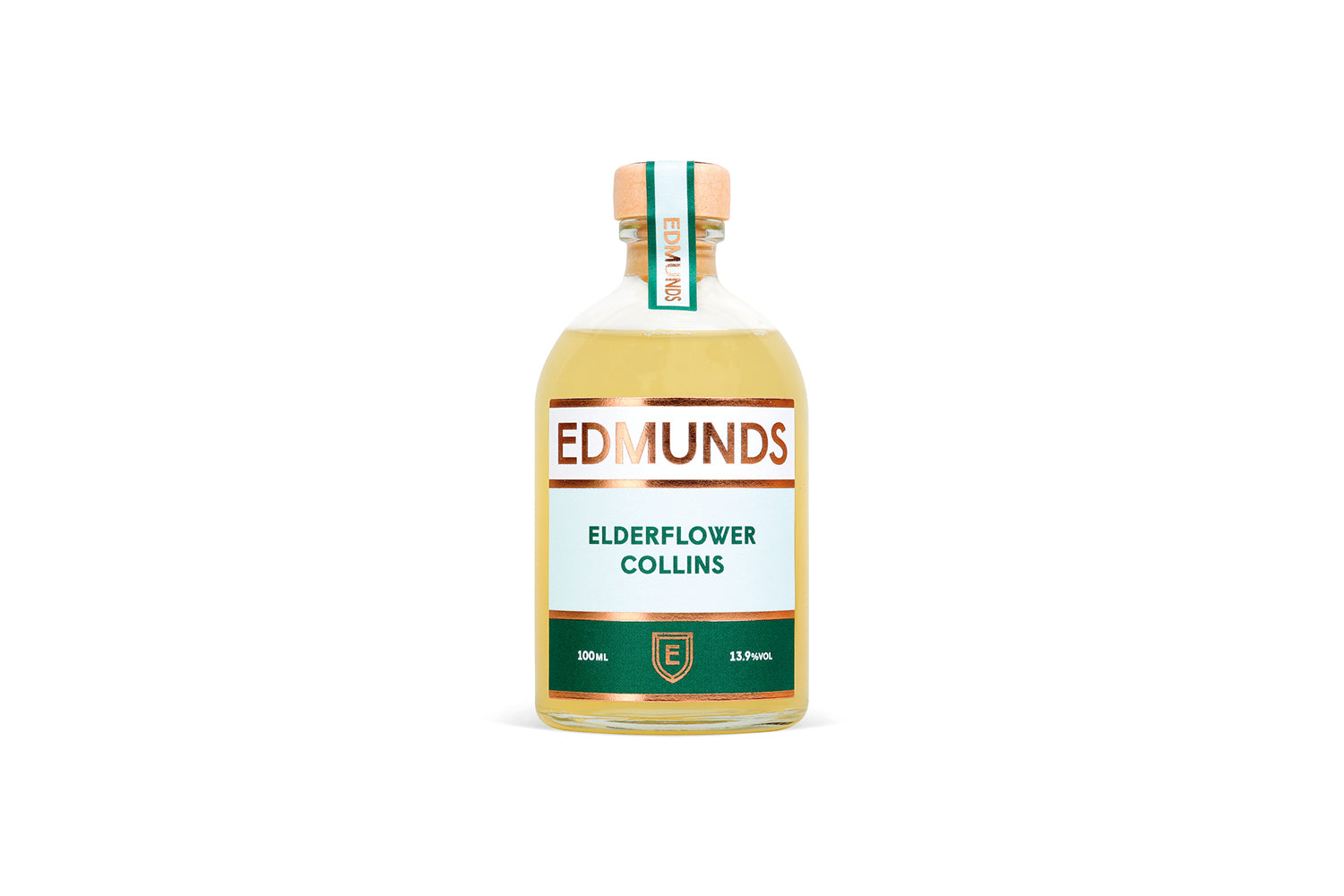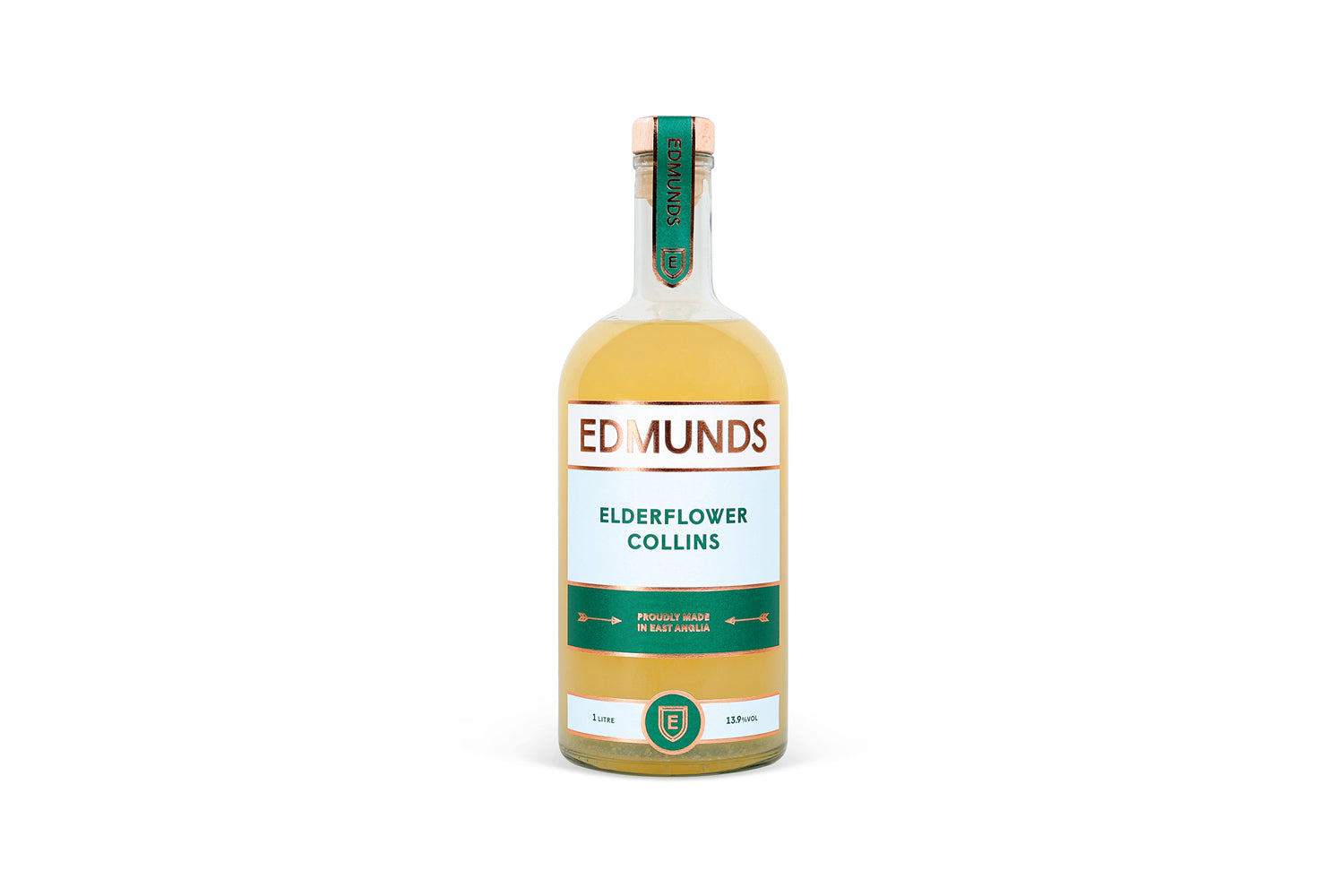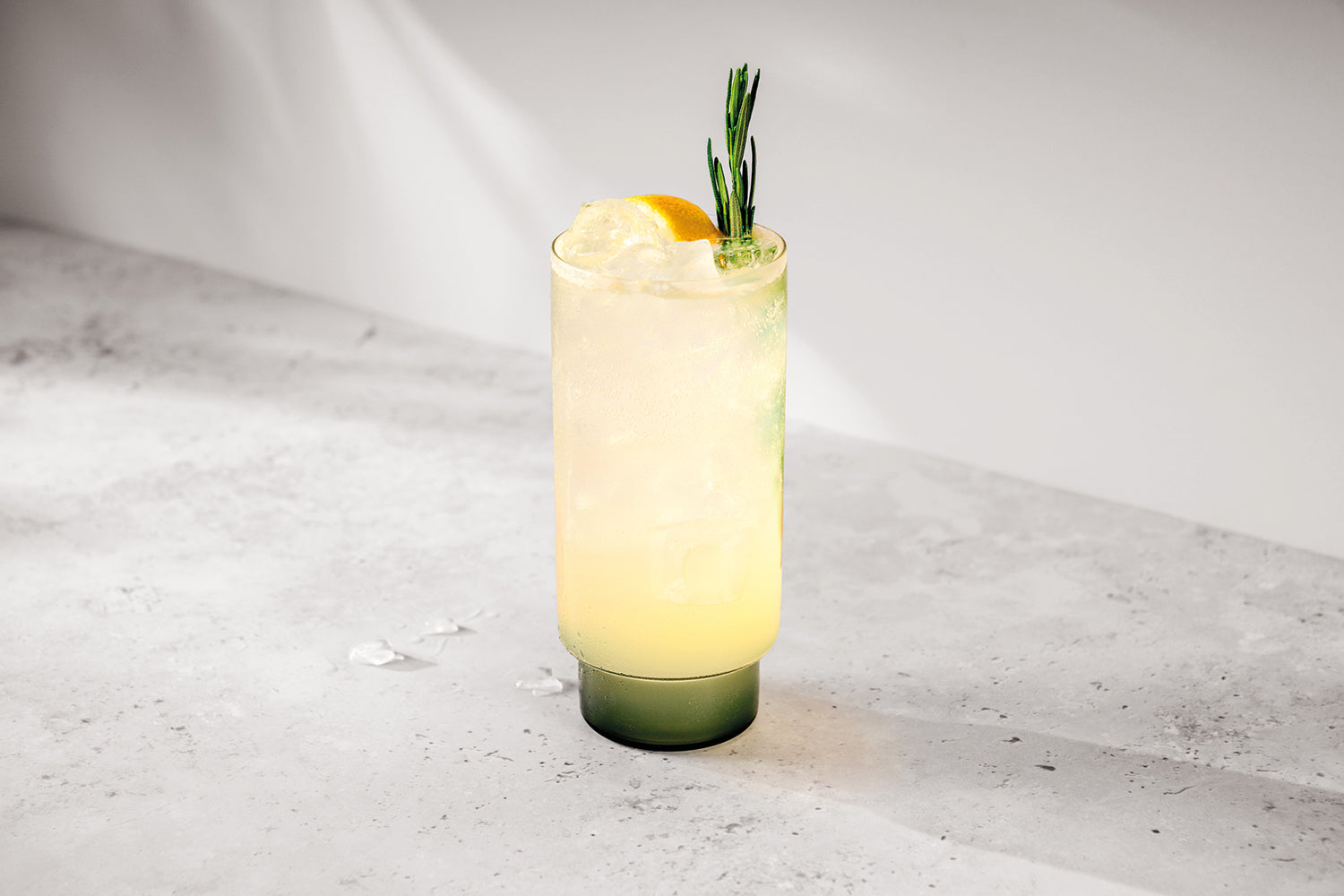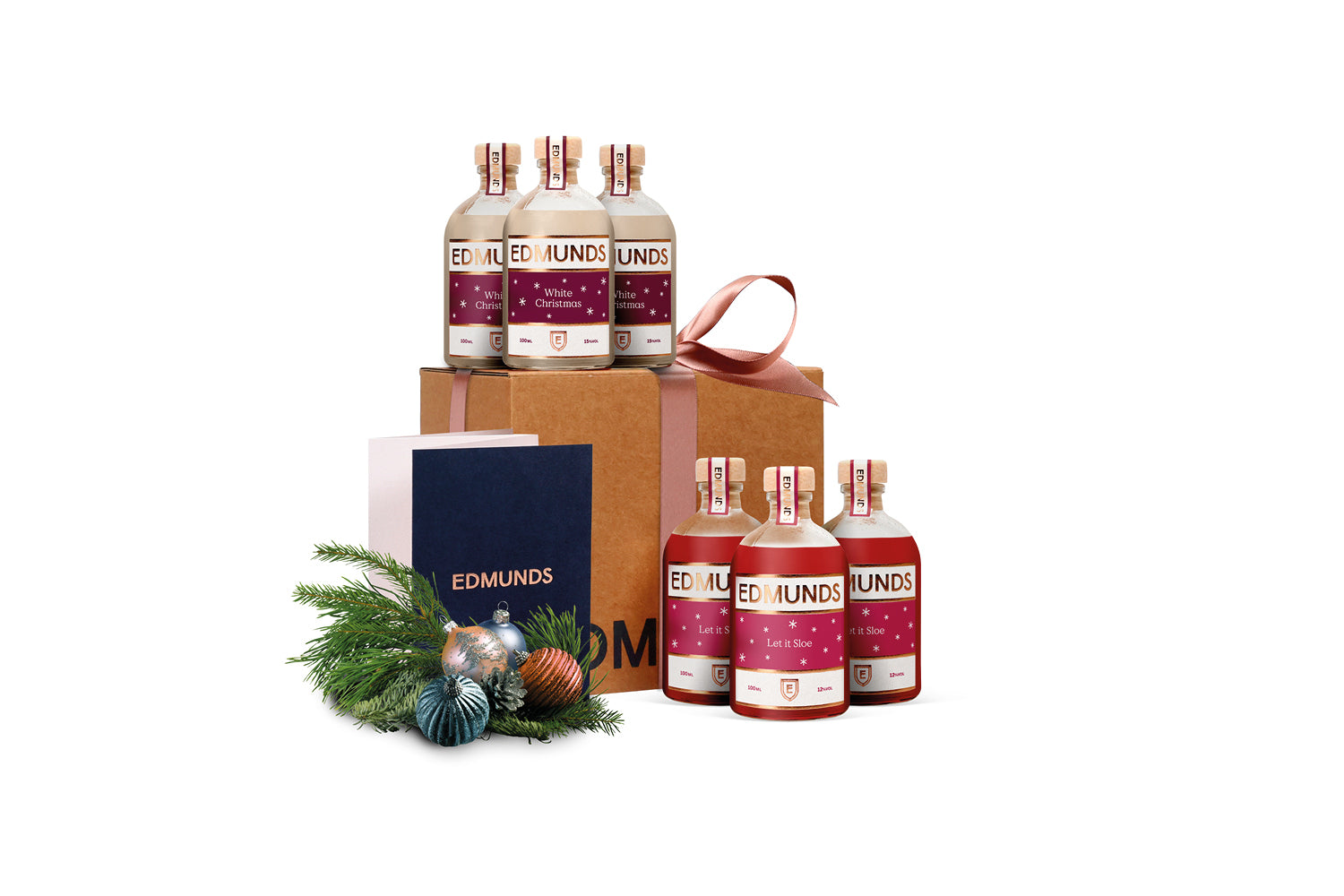In an era where the concept of luxury is constantly being redefined through extravagant high-end cars, watches, hotels and couture, champagne remains a reassuringly authentic indulgence.
And, while it’s possible to spend big on bubbles – especially if you set your sights on a bottle that’s been dredged from the bottom of the sea or one marketed by a famous rapper – you can still treat yourself to a glass or two of bona-fide fizz for a relatively modest outlay.
The science of bubbles
Champagne is a relative newcomer to the world of wine. While winemaking can be traced back thousands of years – possibly to ancient tribes in the South Caucasus (6000 BC) who created wine by burying containers of grape juice (‘qvevris’) underground for the winter – sparkling wine couldn’t be reliably produced until the mid-seventeenth century when bottles capable of withstanding the fermenting pressure began to be manufactured.
As with so many advancements in the realm of alcoholic beverages, one of the biggest breakthroughs in champagne-making can be attributed to the serendipitous discoveries of a monk – namely Dom Pérignon, the cellarmaster at the Abbey Hautvillers. Dom Pérignon, tasked by the order with preventing unexpected explosions, learned which wines were likely to ferment again once bottled – a stage that’s become an essential part of the ‘méthode champenoise’.
The biz of fizz
That champagne gained its unassailable reputation as the top choice for celebrating momentous events was no happy accident, though.
Throughout the nineteenth century, and particularly during the years of the Belle Epoque, champagne producers determinedly marketed their wine as a drink associated with royalty and the aristocracy; Laurent Perrier’s ads often included a list of their exalted customers – among them, kings, queens, dukes, marquises and earls. But they also, cleverly, made a concentrated effort to appeal to women, designing romantic-looking labels and evoking champagne-worthy occasions like weddings and christenings.
The strategy worked. By the turn of the twentieth century, champagne had become a commodity that most middle-class families wanted – and, importantly, could afford – to drink.
Fast forward a hundred years and champagne was finding a new audience among aspirational American hip-hop artists, who, in turn, were introducing their fans to big-bubble-brands like Moët, Ruinart and Roederer, despite these houses’ enduring associations with the establishment. In 2014 – possibly in response to Cristal CEO Frédéric Rouzaud’s ill-judged dismissal* of rappers’ consumption and endorsement of his champagne – Jay-Z bought champagne house Armand de Brignac and now markets his own exclusive (and expensive) ‘Ace of Spades’ brand.
Champagne cocktails
Unsurprisingly, champagne cocktails abound. The original – and possibly the best – is also the simplest. Place an Angostura-soaked sugar cube into the bottom of a champagne glass** together with a thin strip of lemon peel, top with cold champagne and you’re ready to go. Some recipes call for the addition of a measure of ice-cold cognac or equal parts cognac and Cointreau to turn it into a Prince of Wales.
We’ve previously extolled the virtues of a Casablanca-inspired French 75 – an intoxicating blend of gin, lemon, sugar and champagne, but we’d also recommend a Bellini (peach nectar and champagne) as a decadent alternative to a Mimosa or Buck’s Fizz (orange juice and champagne).
We wouldn’t advise making cocktails with a vintage cru; supermarket NV champagnes are perfectly acceptable. If you feel that champagne is altogether too precious to dilute with other ingredients (and we don’t necessarily disagree), you could substitute a crémant, cava or prosecco, as long as it’s bone dry. Oh, and maybe leave the more elaborate bottle-opening traditions – like separating cork from bottle with a sabre – to the experts.
* When asked by a journalist at The Economist if he thought the association between rap and Cristal would damage the brand, Rouzaud apparently said ‘What can we do? We can’t forbid people from buying it. I’m sure Dom Pérignon or Krug would be delighted to have their business.’ Spoiler – they were.
**Traditionalists prefer a flute because it prevents the bubbles from escaping too quickly but a coupe makes for an altogether more glamorous experience – so take your pick!
